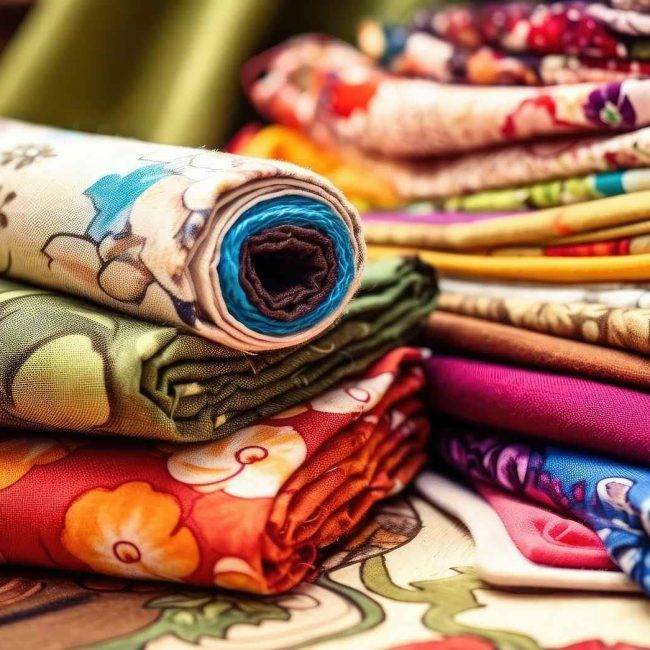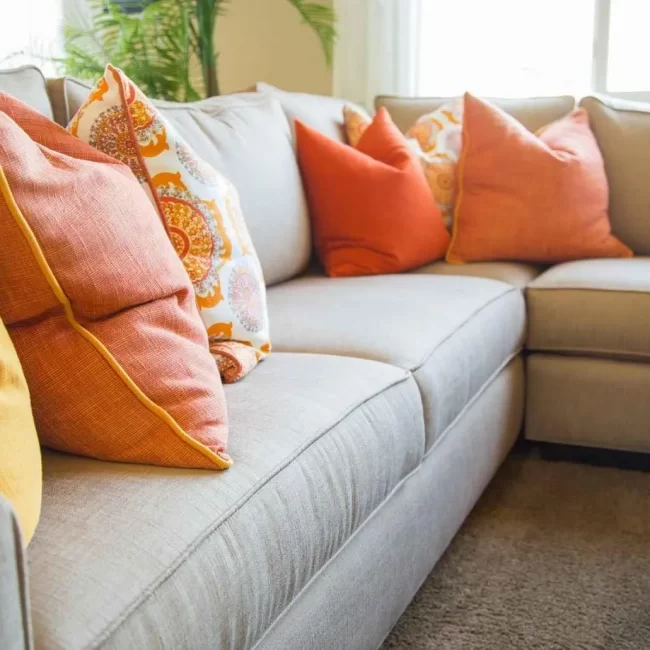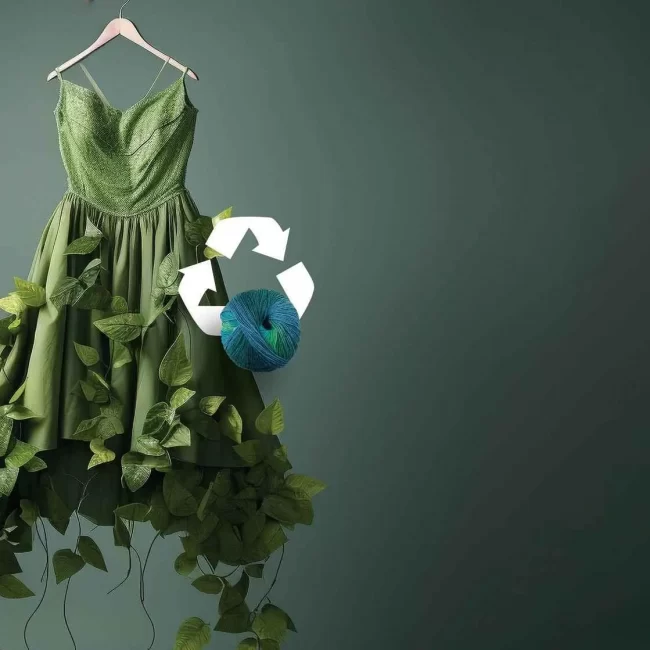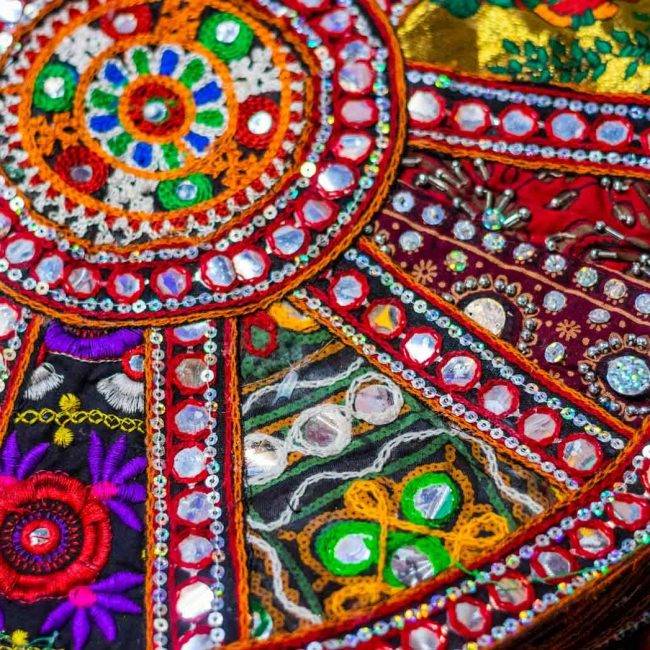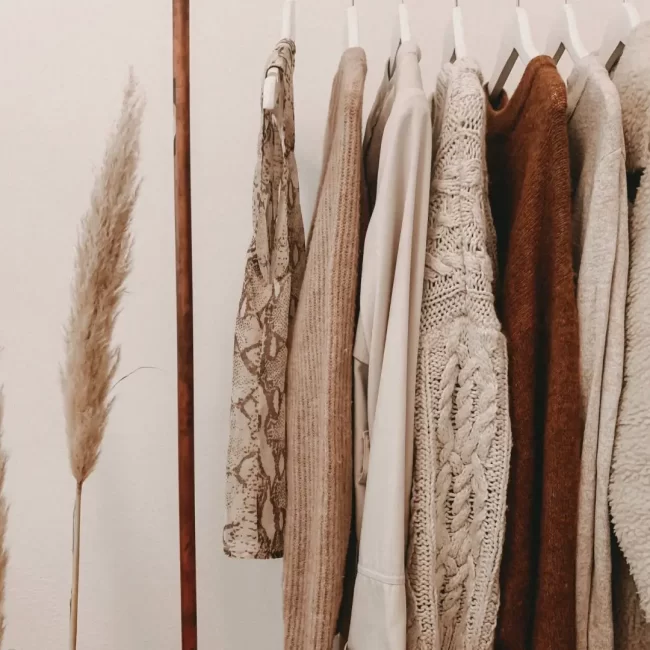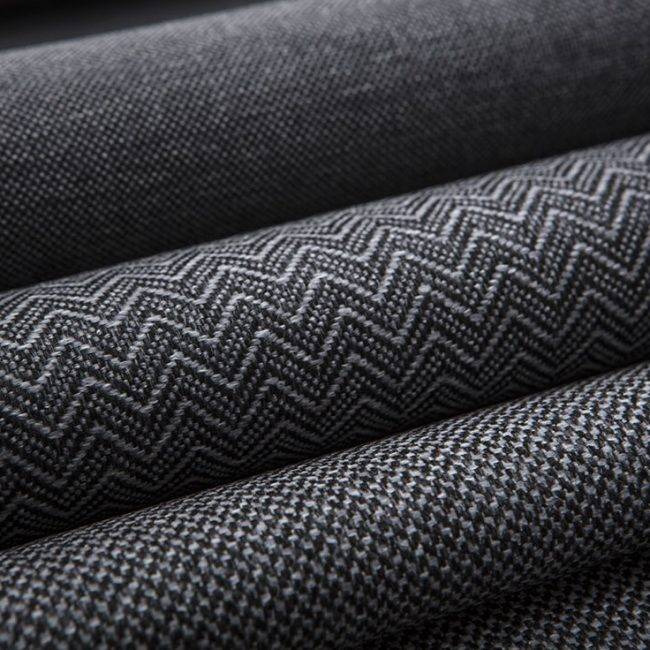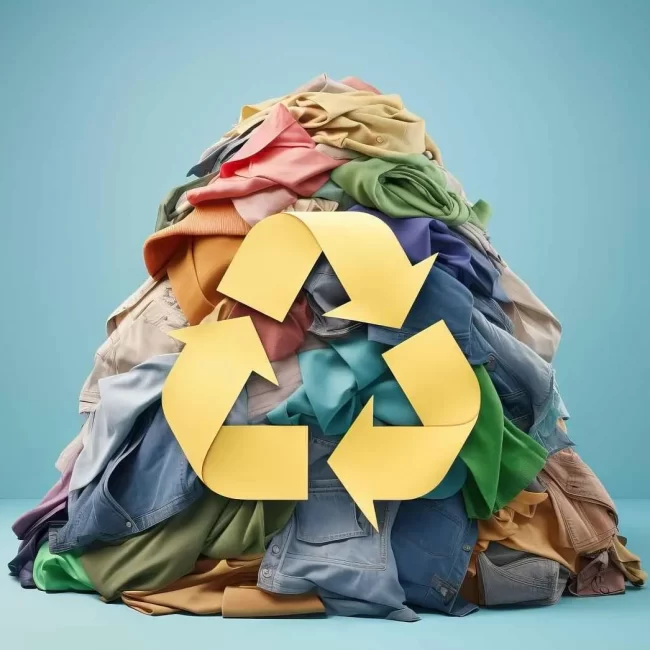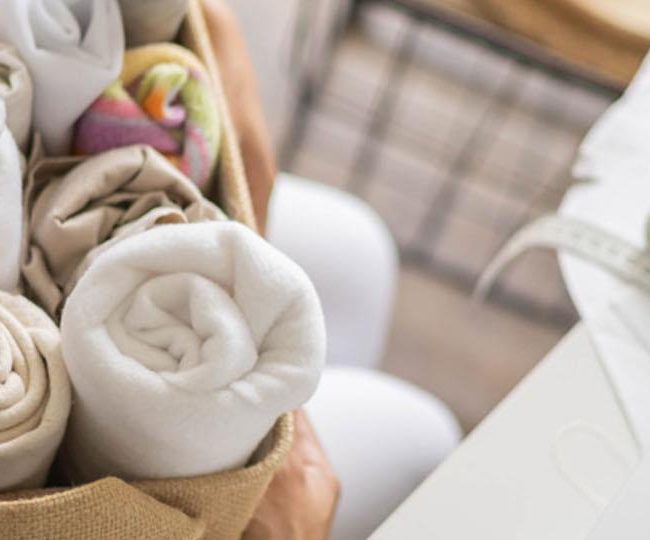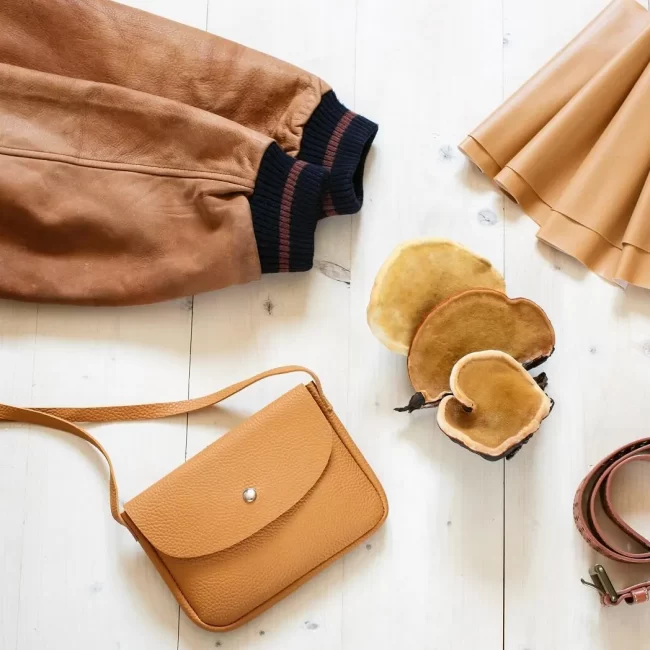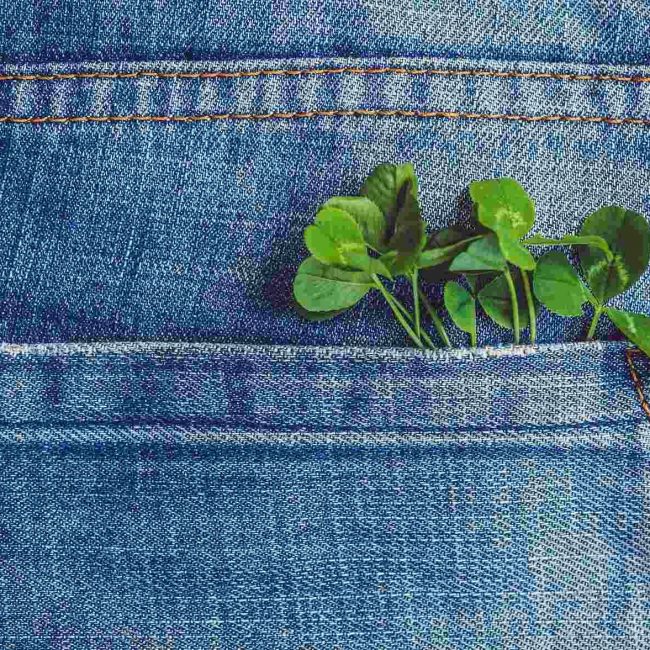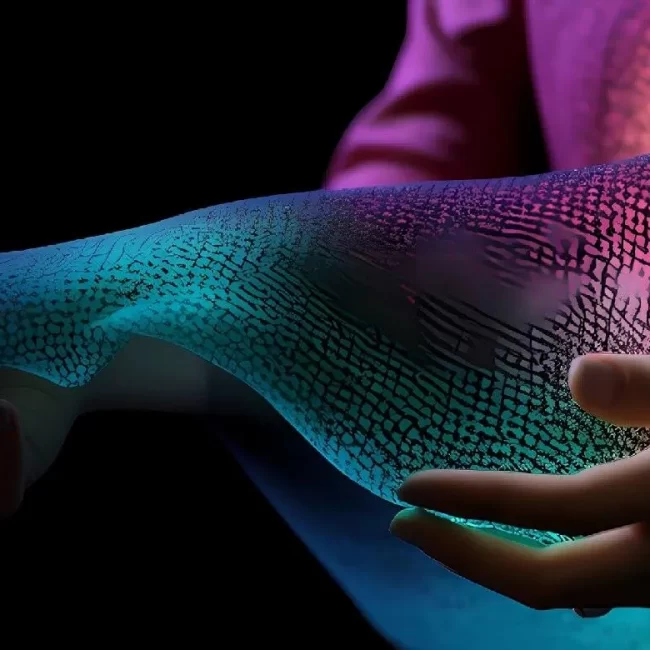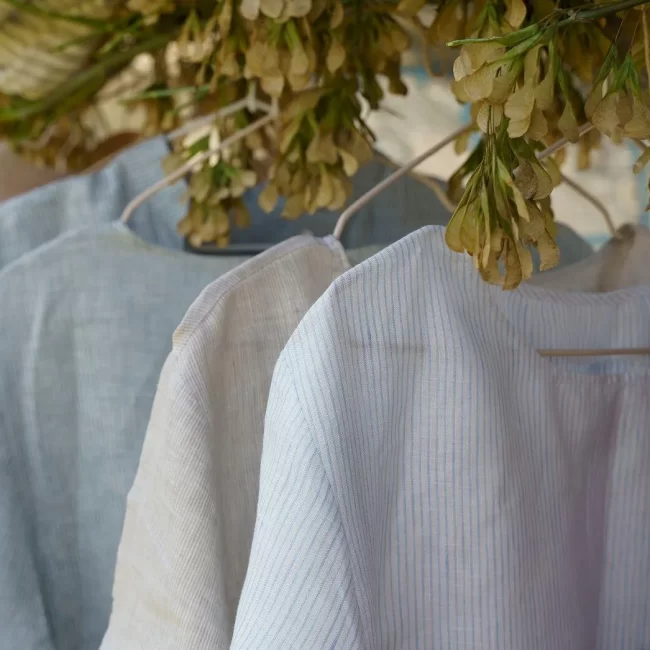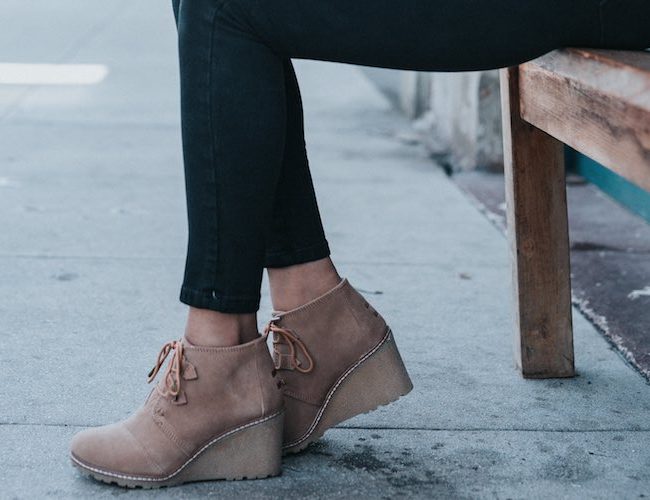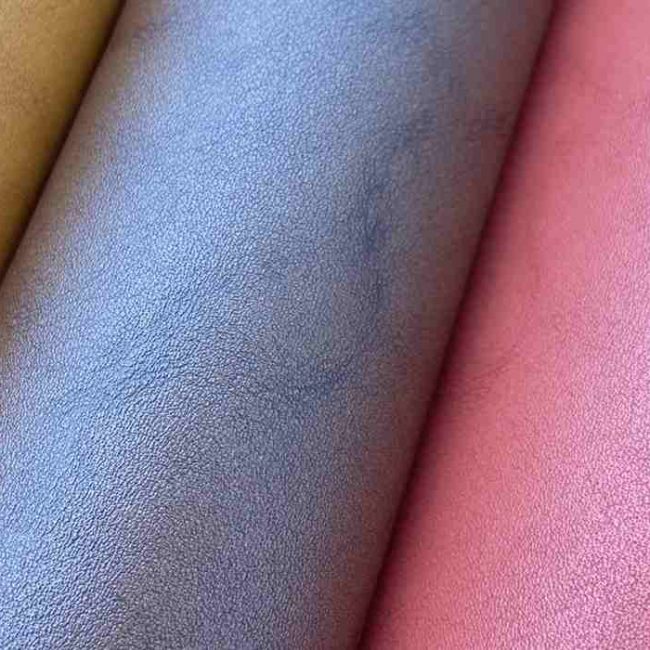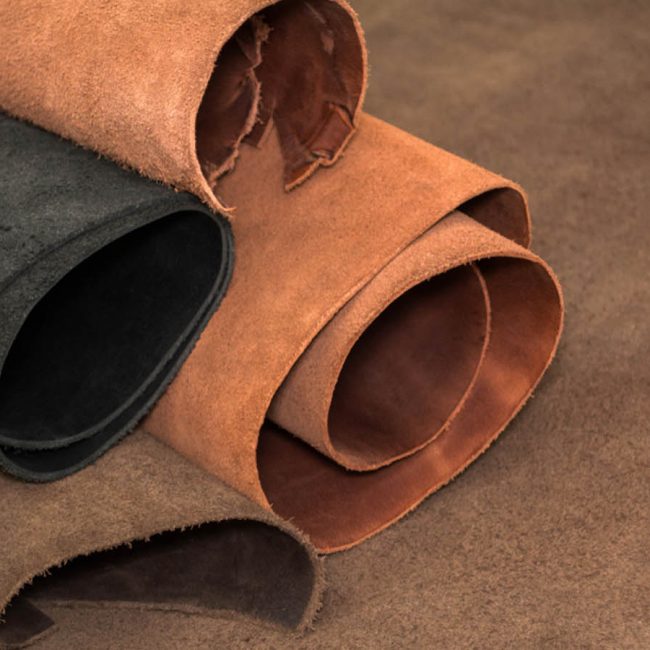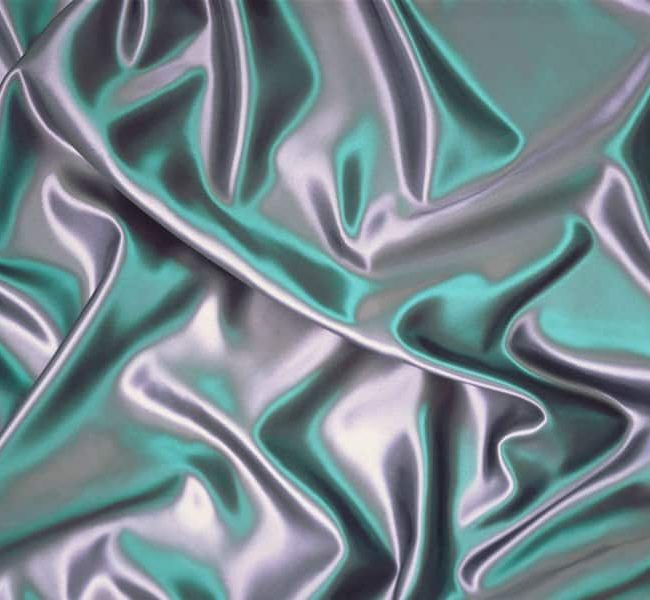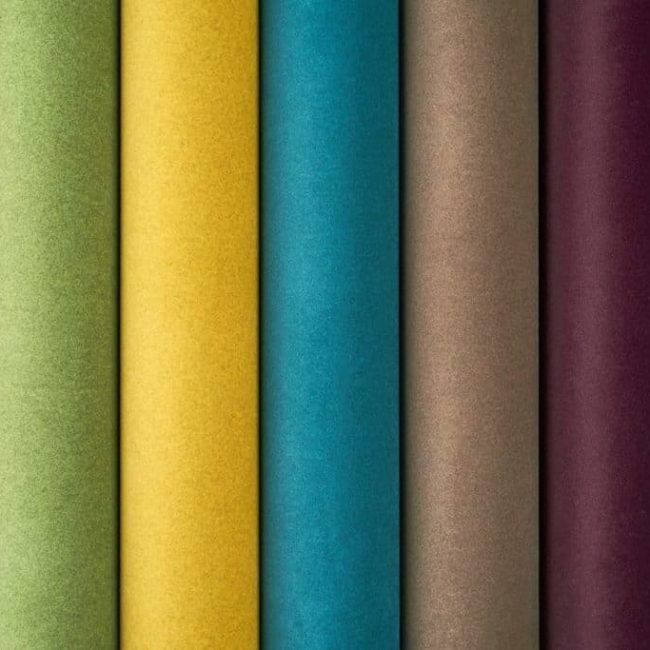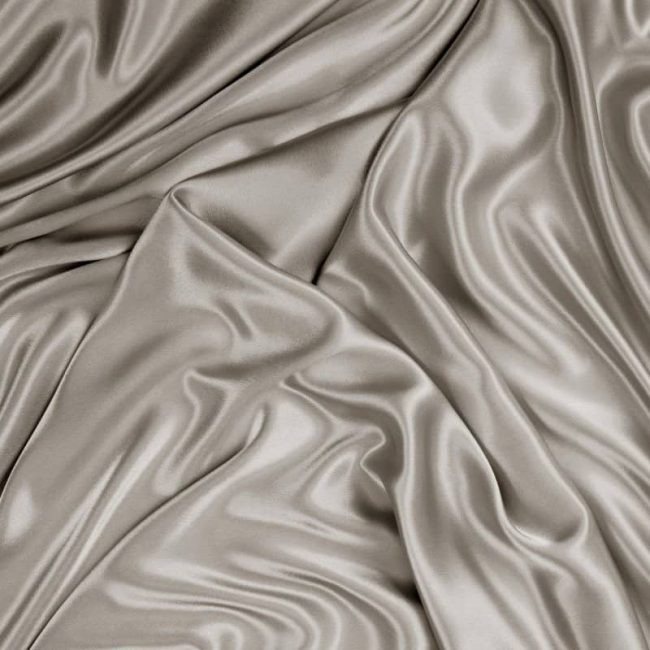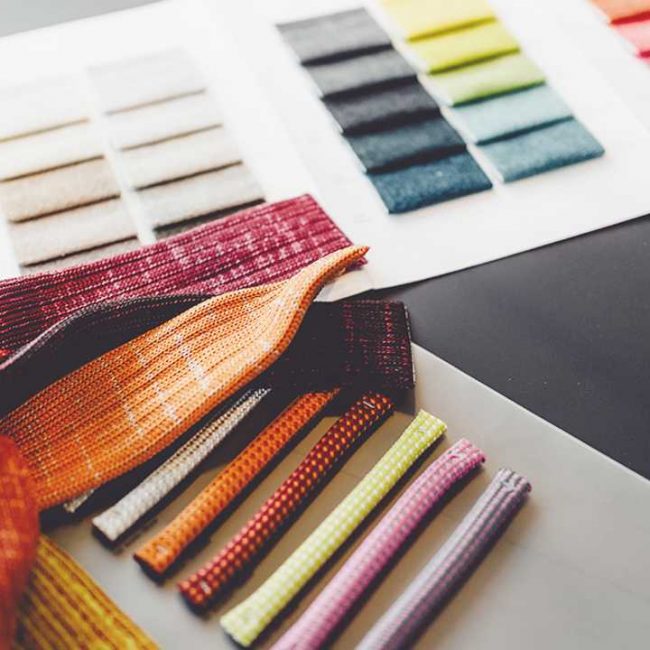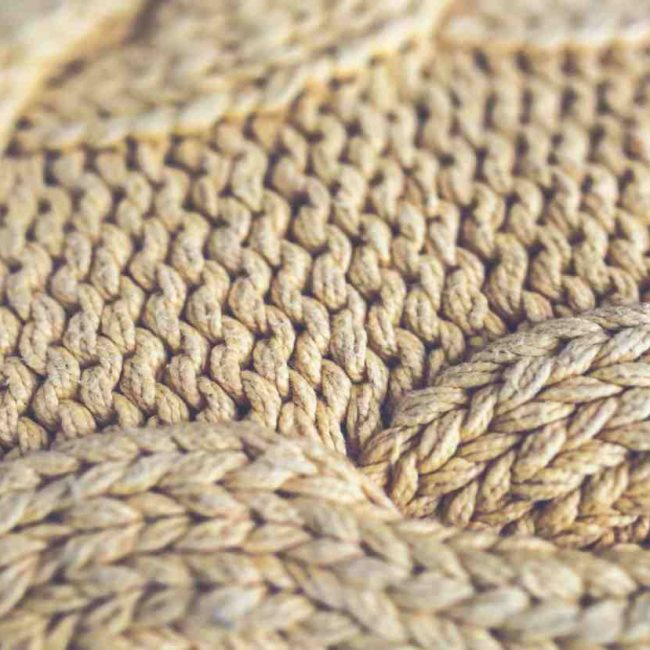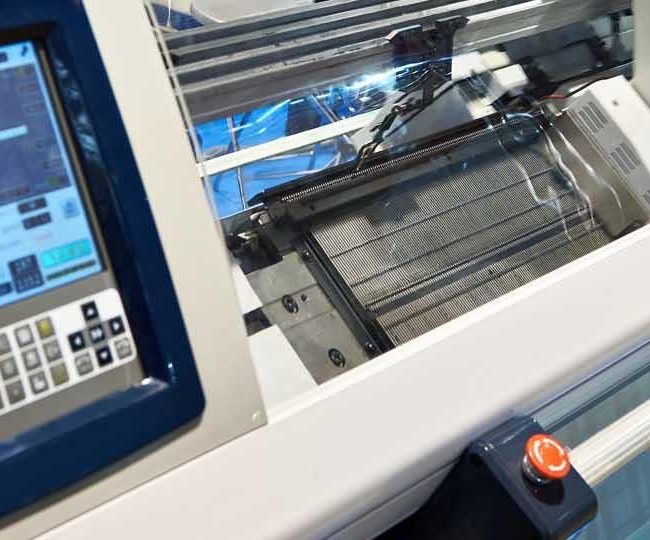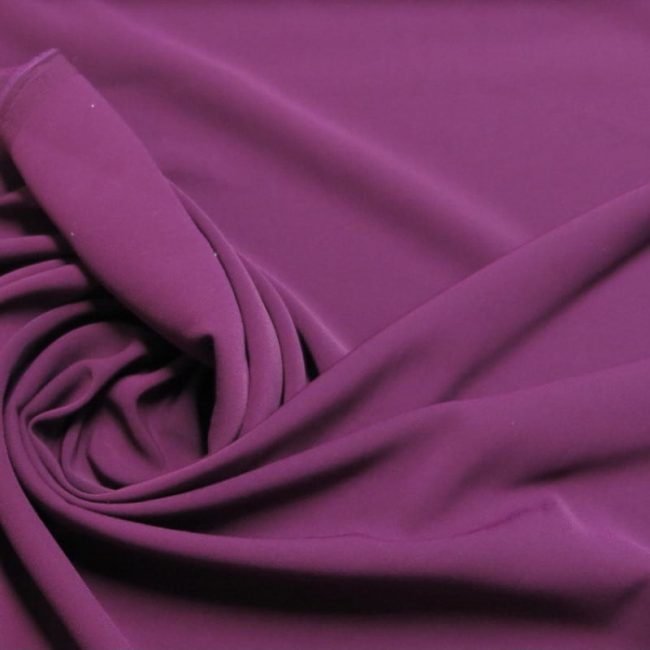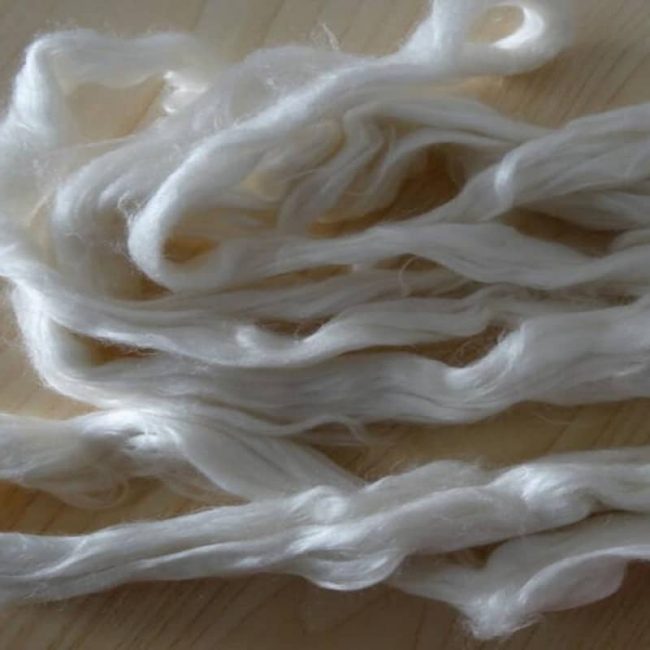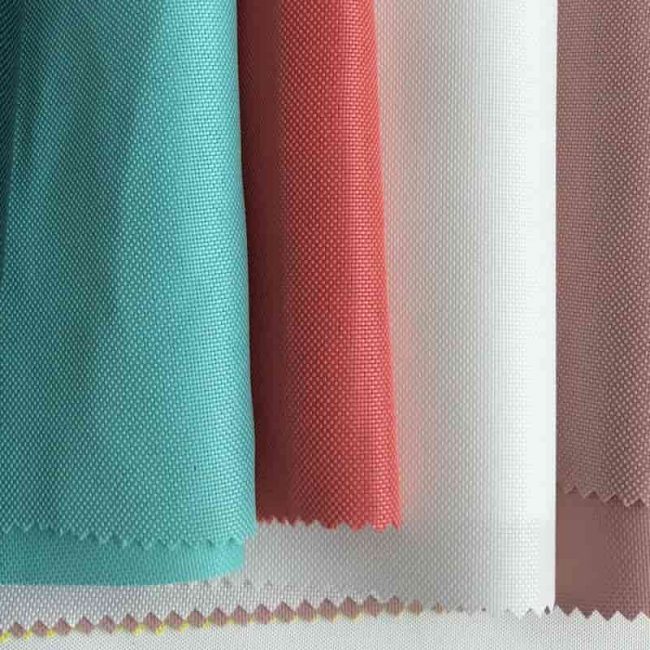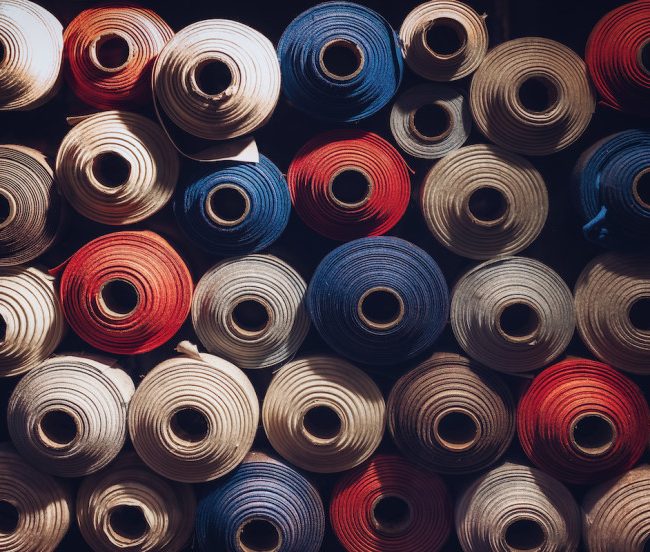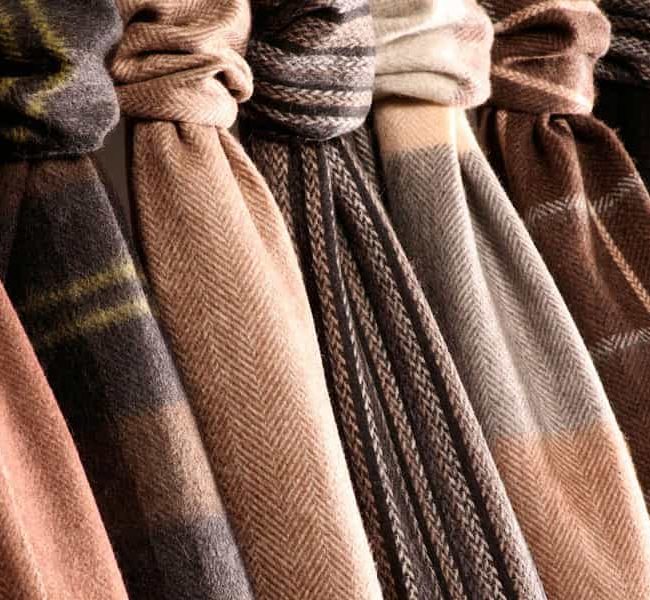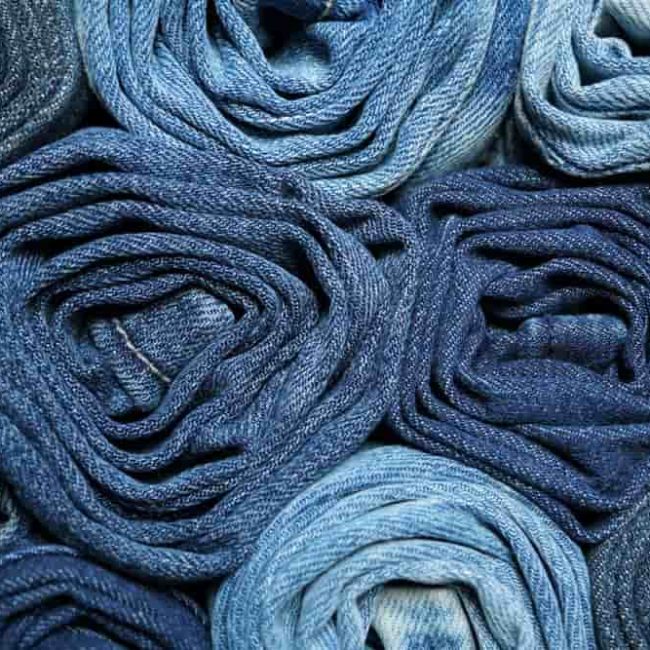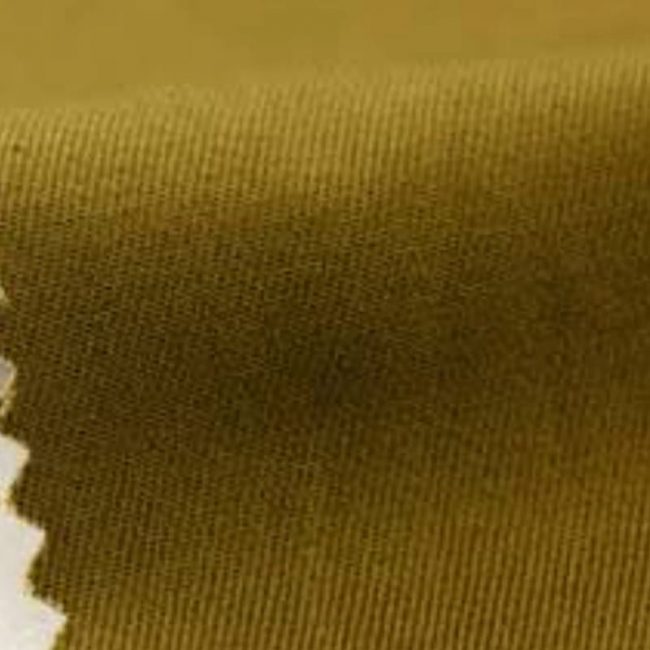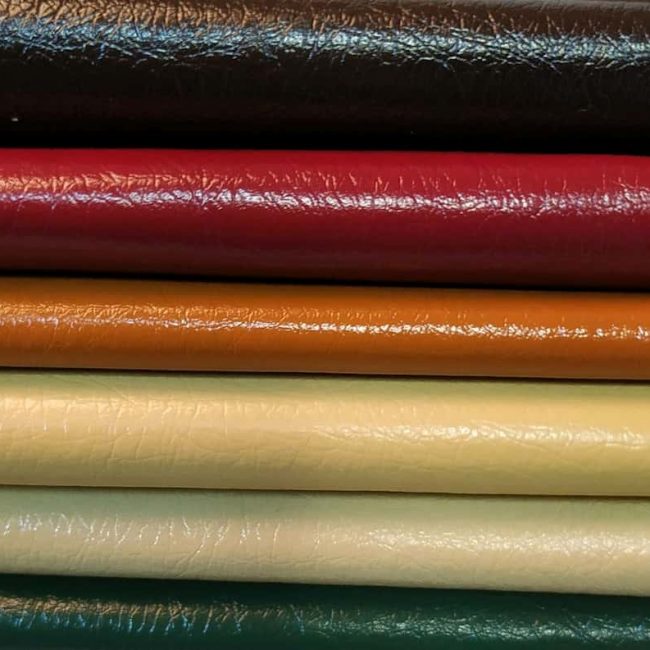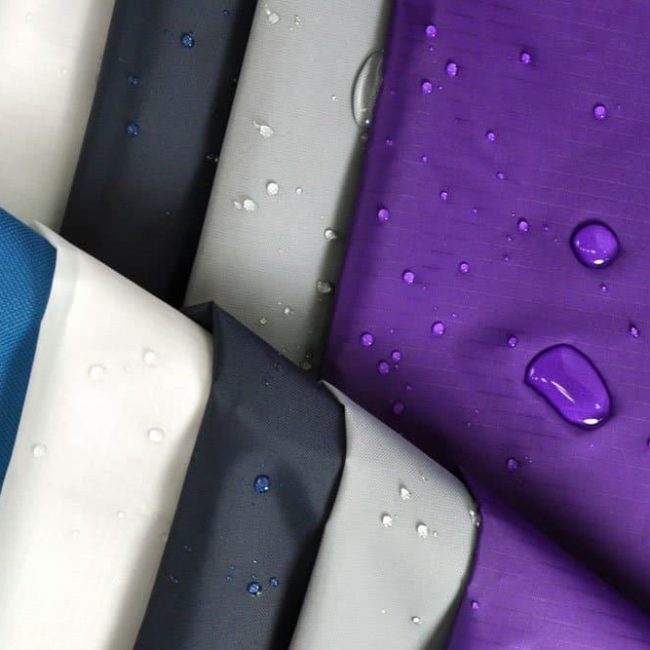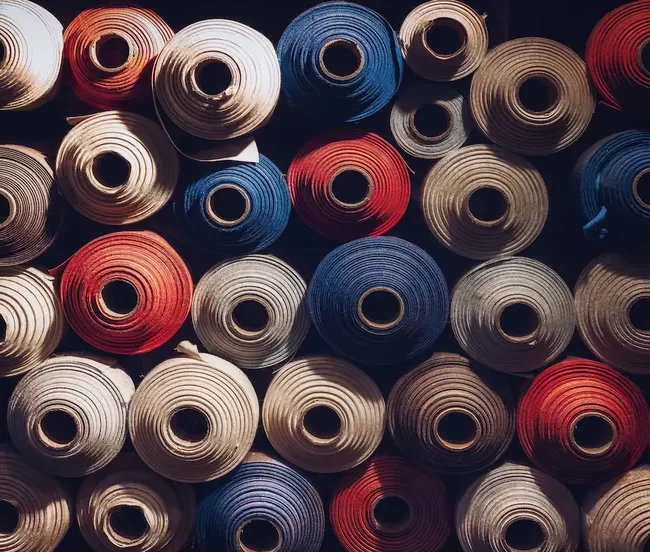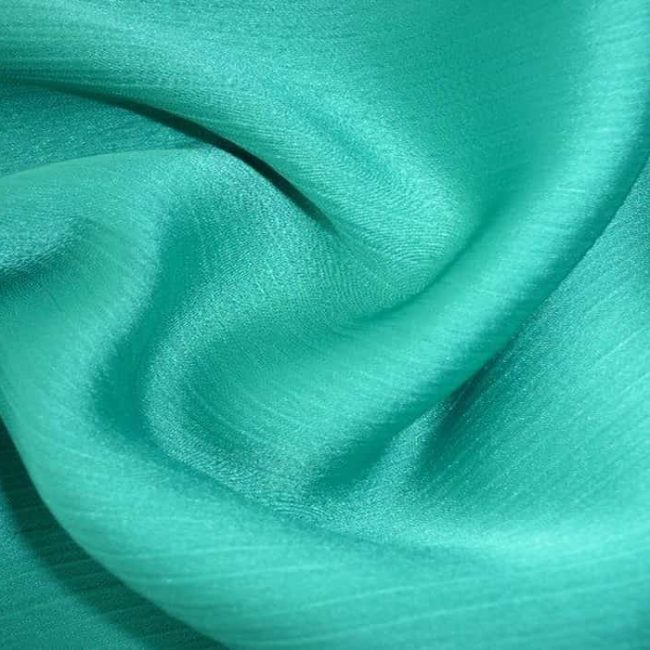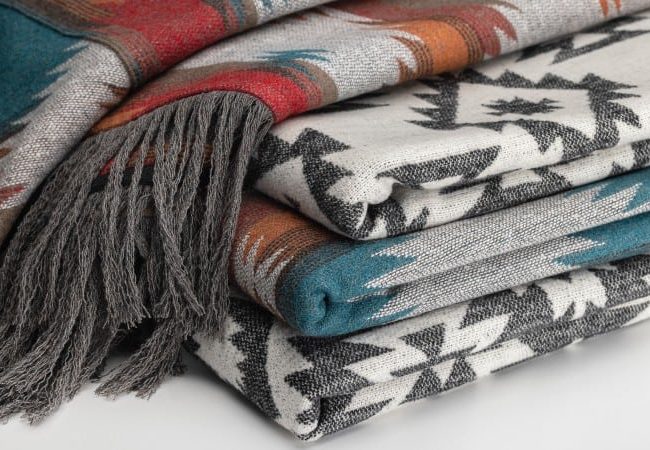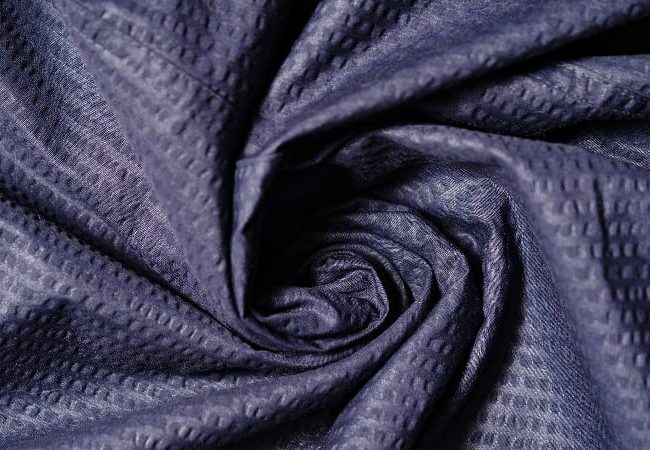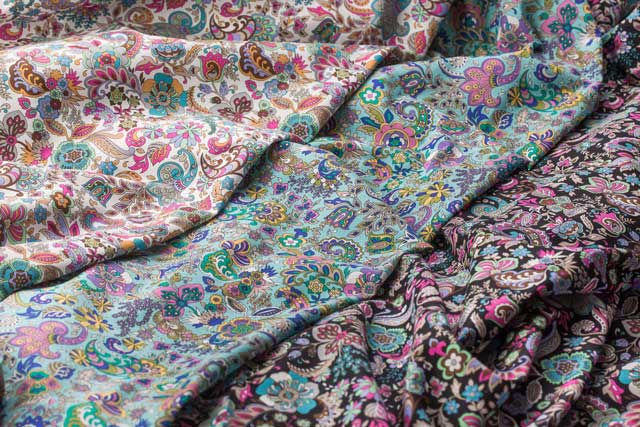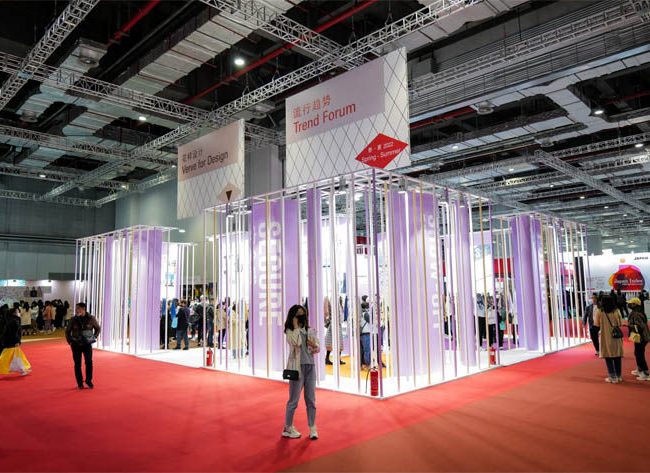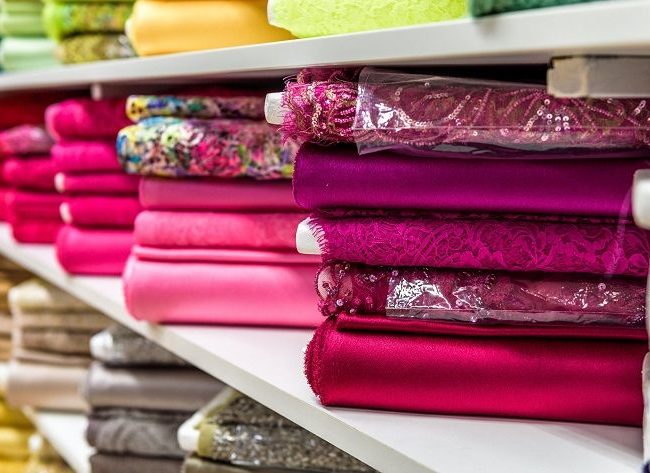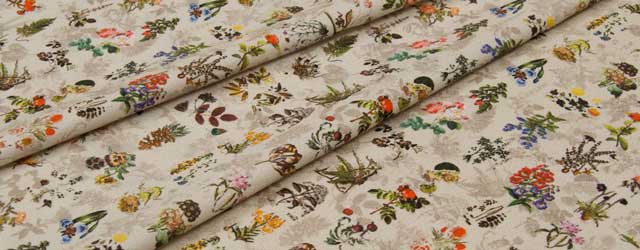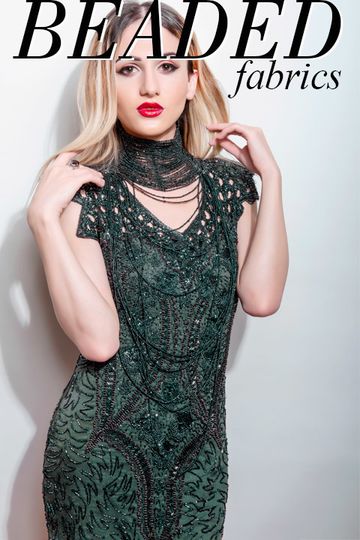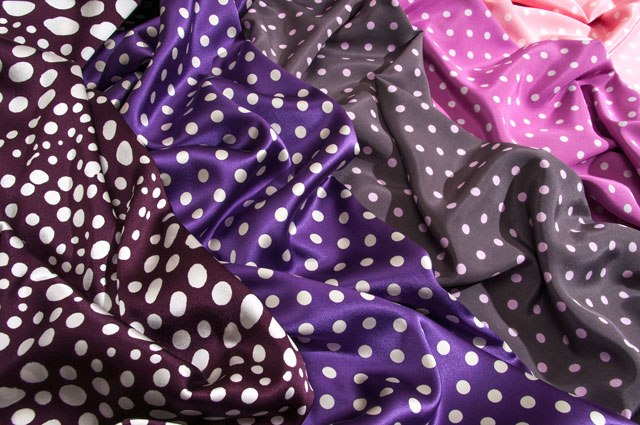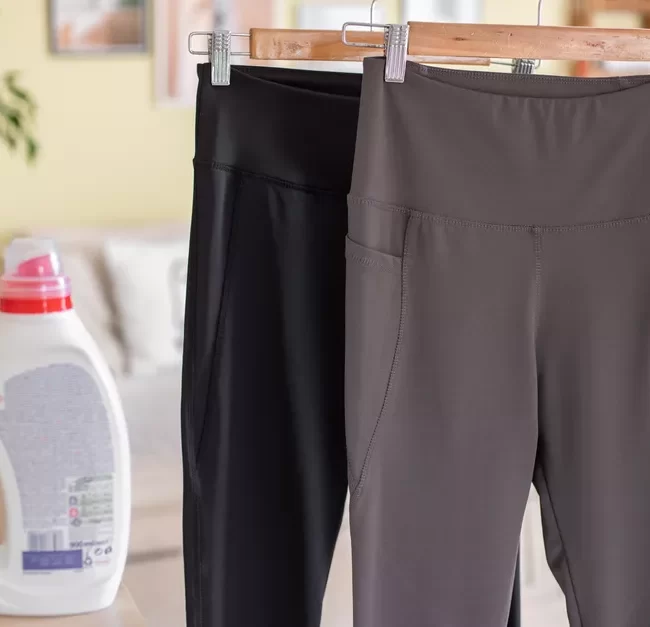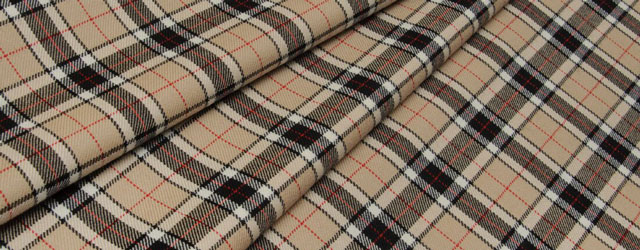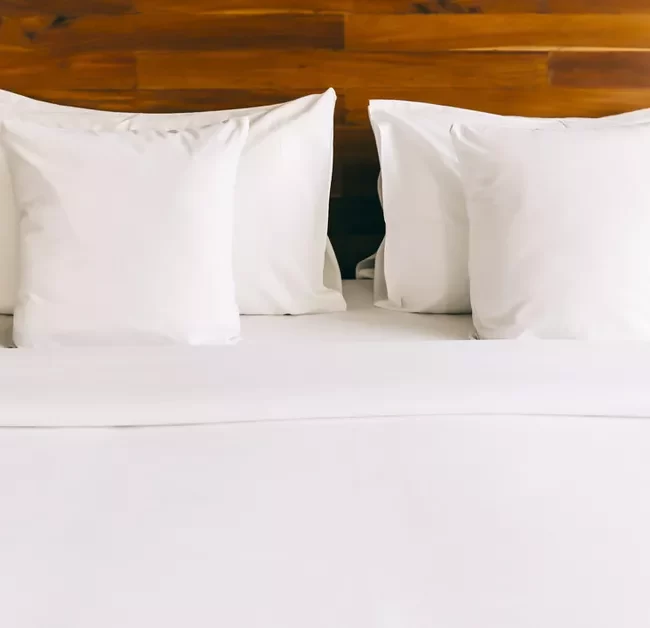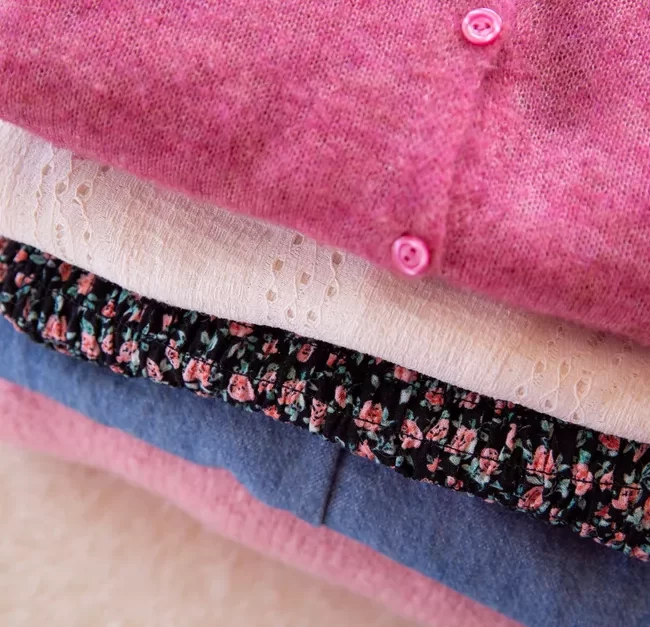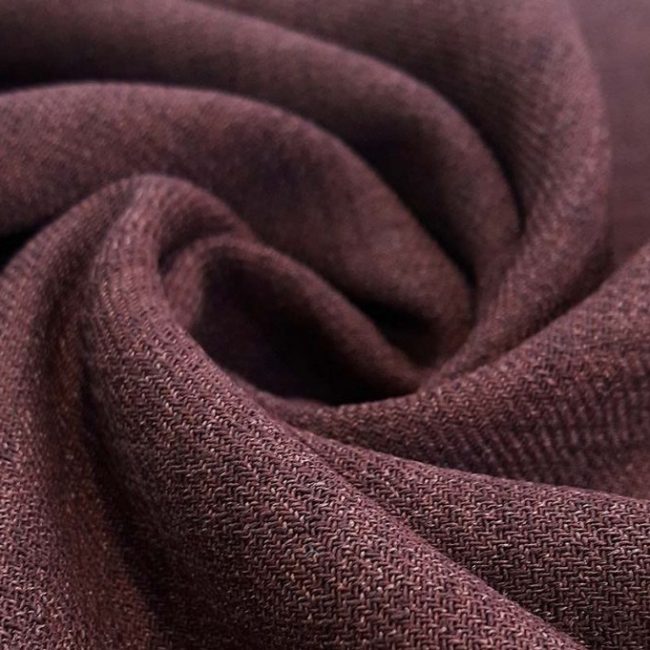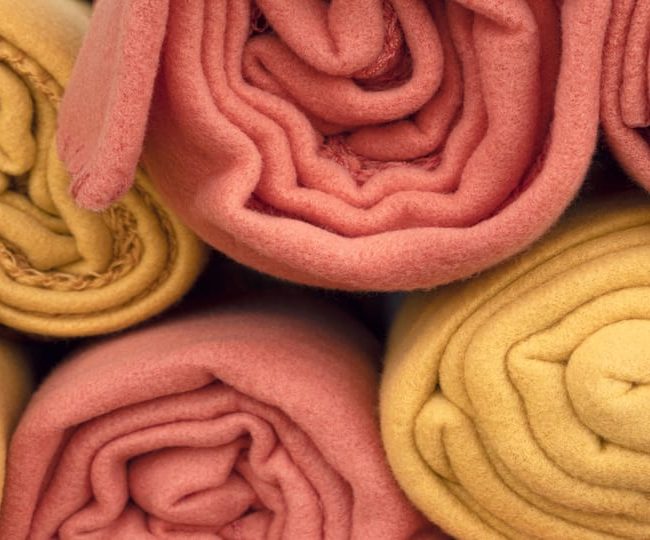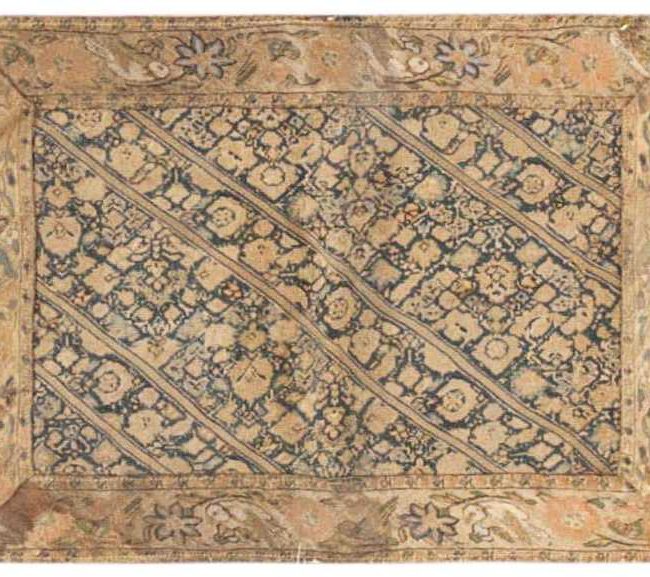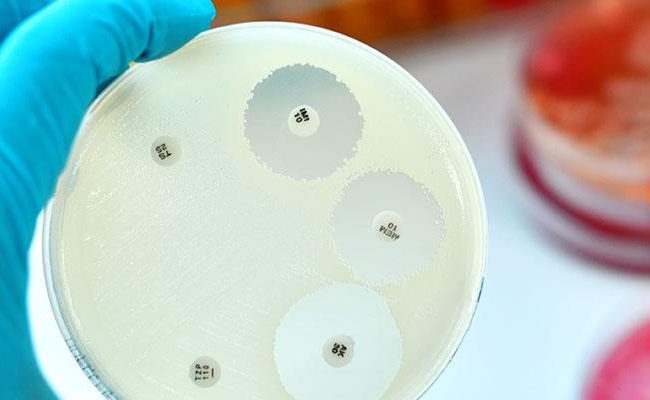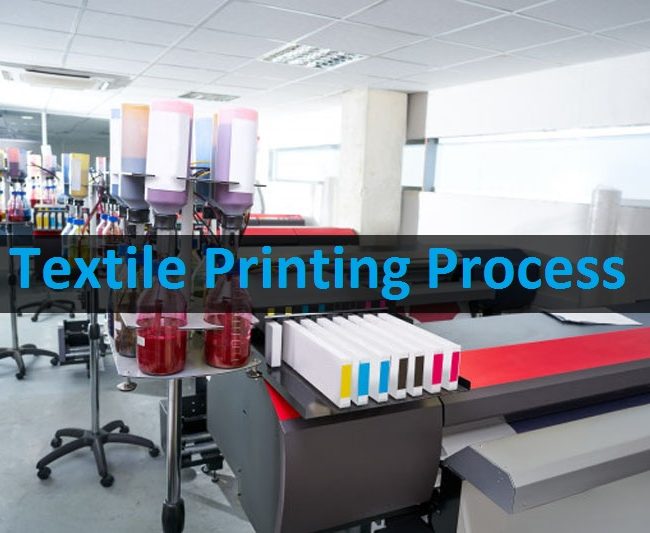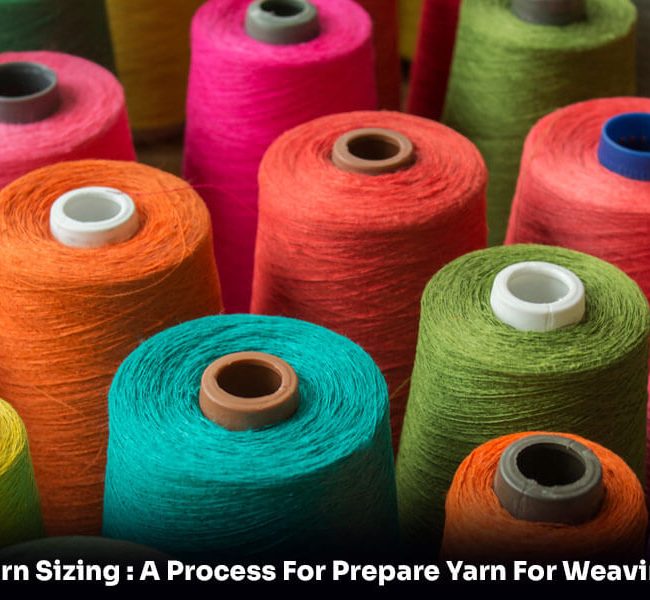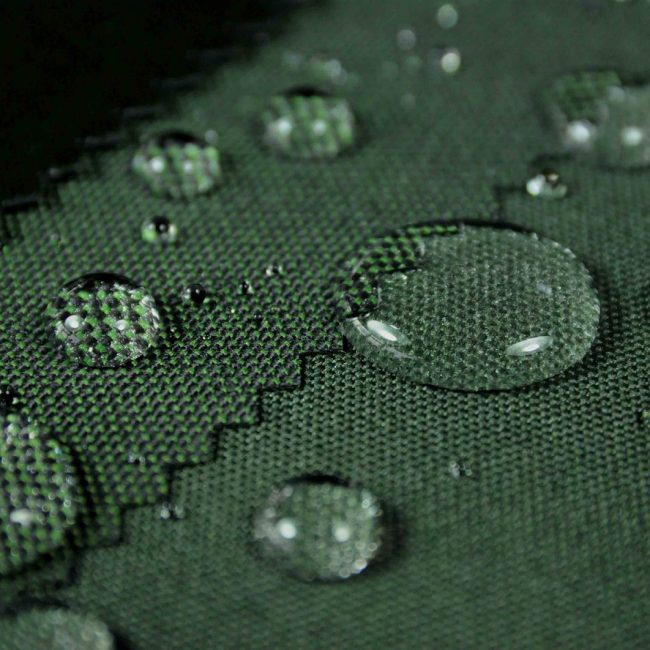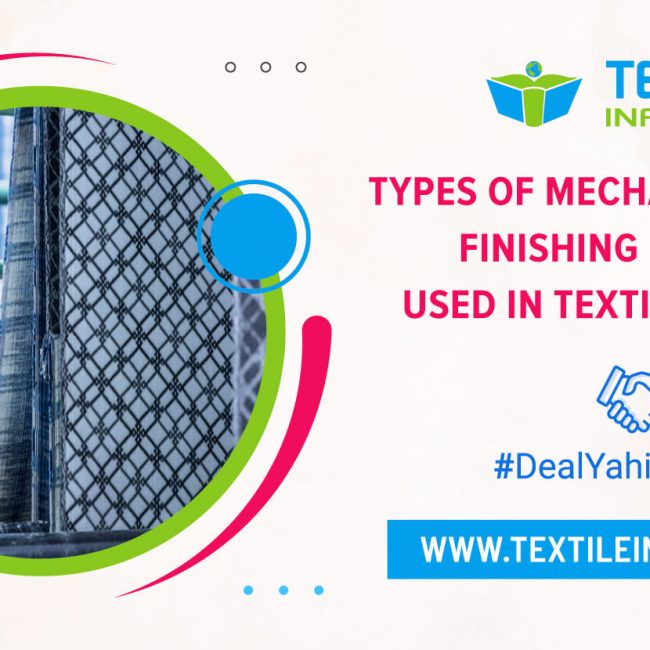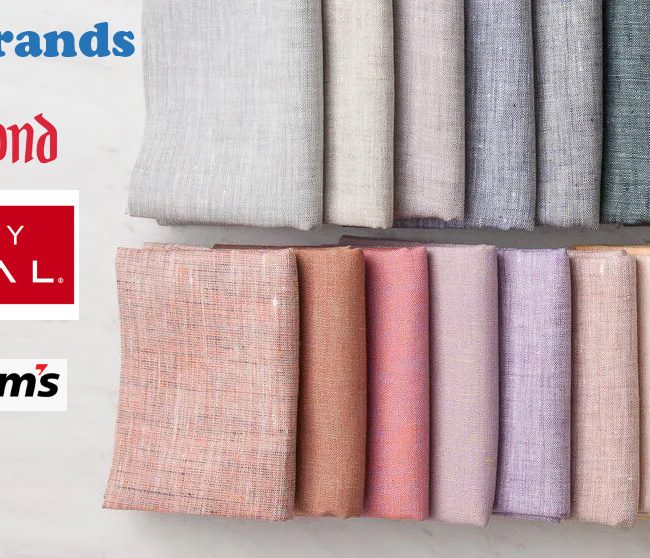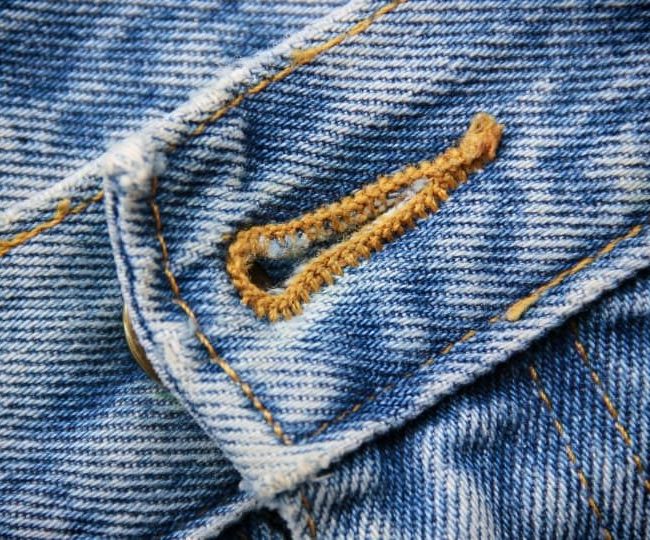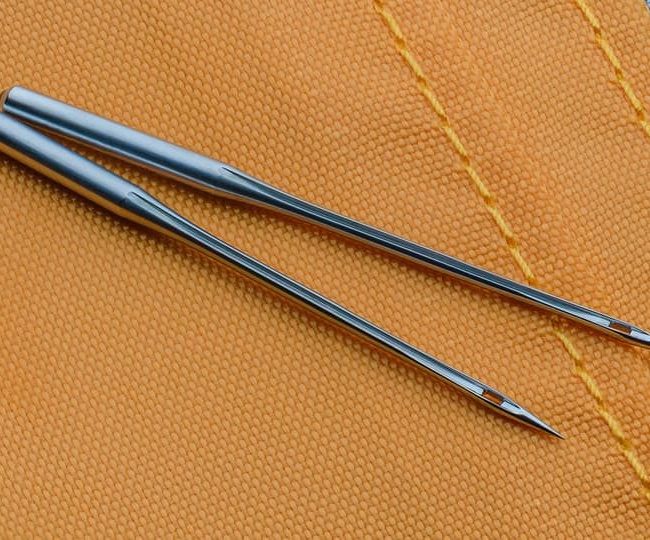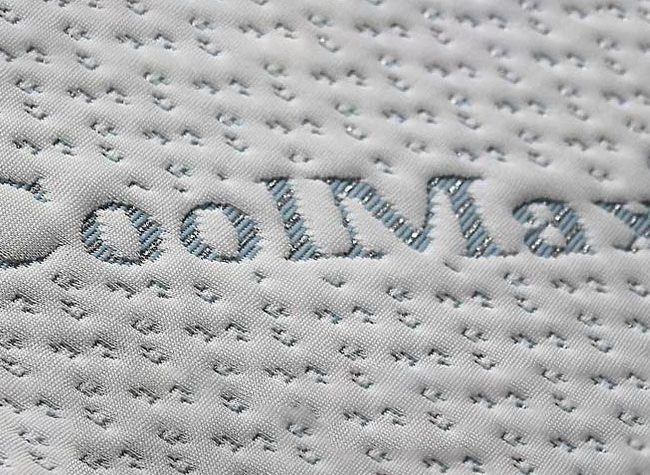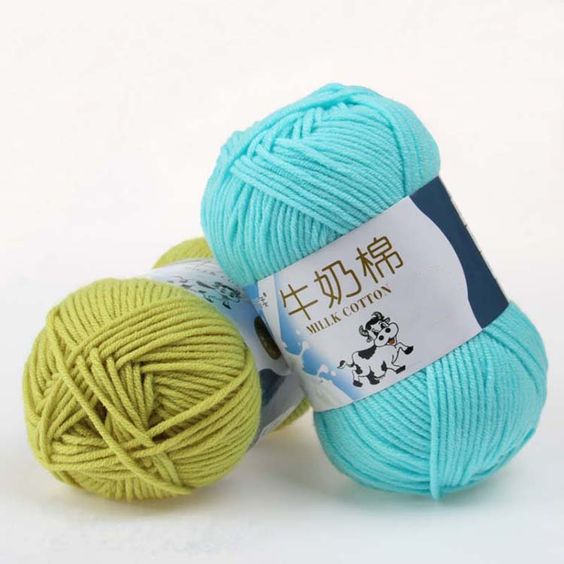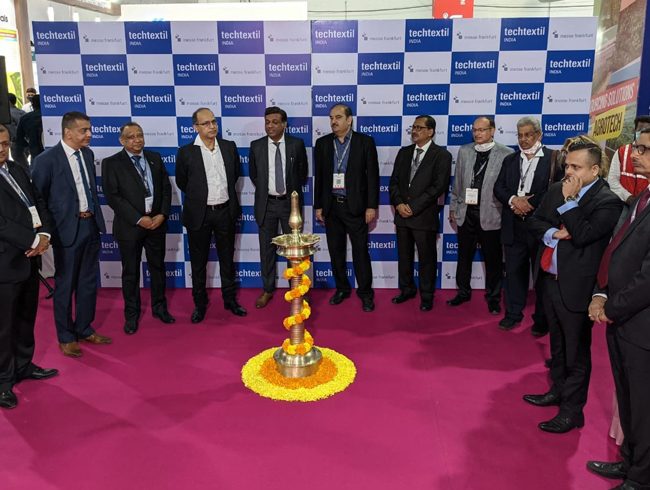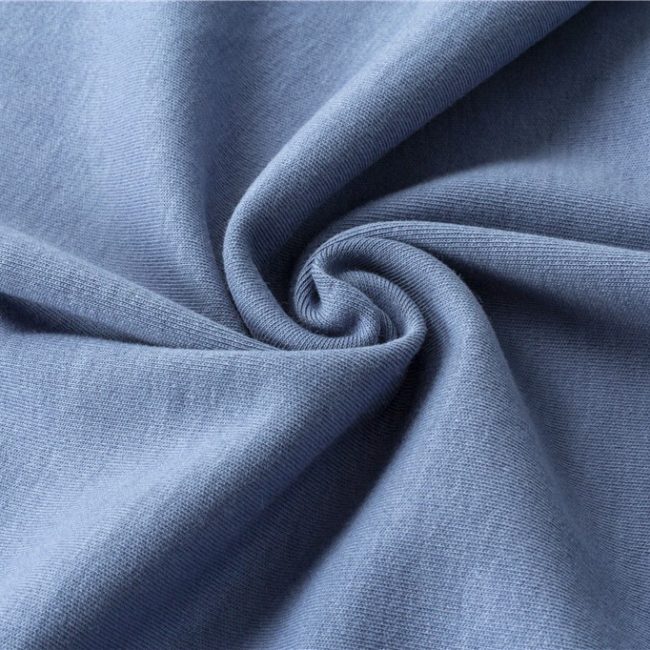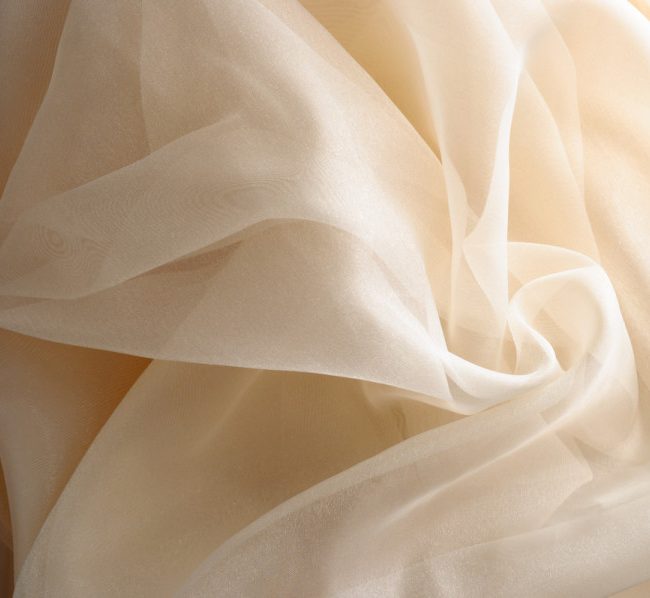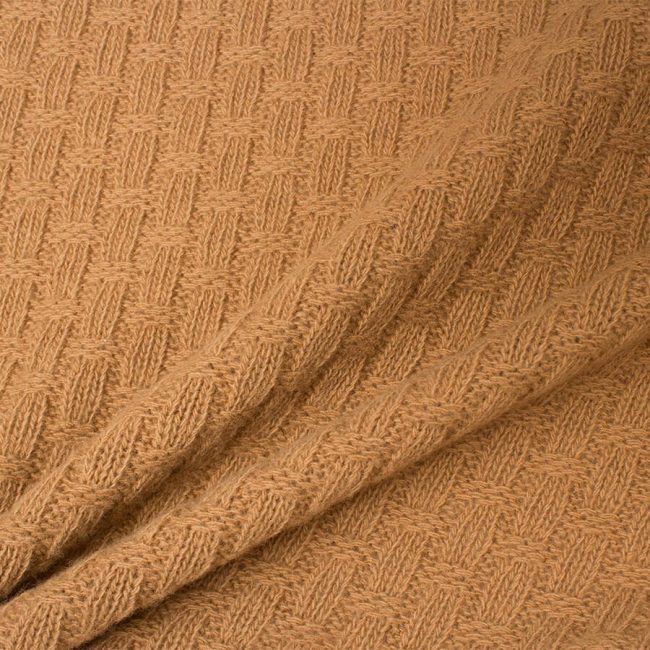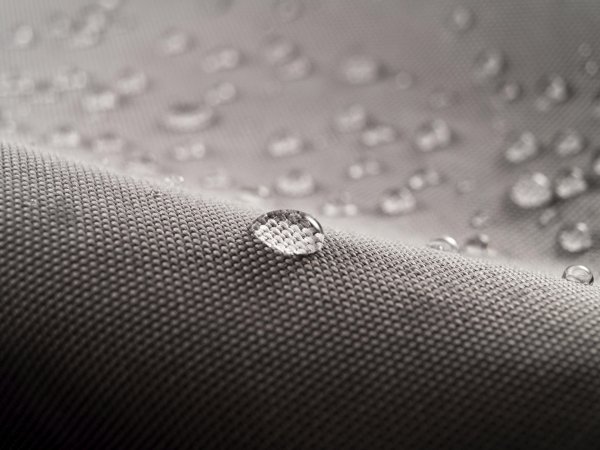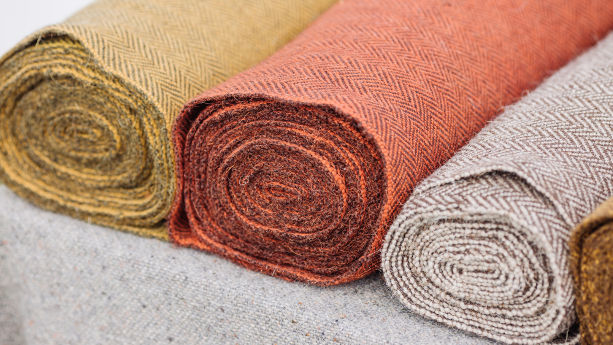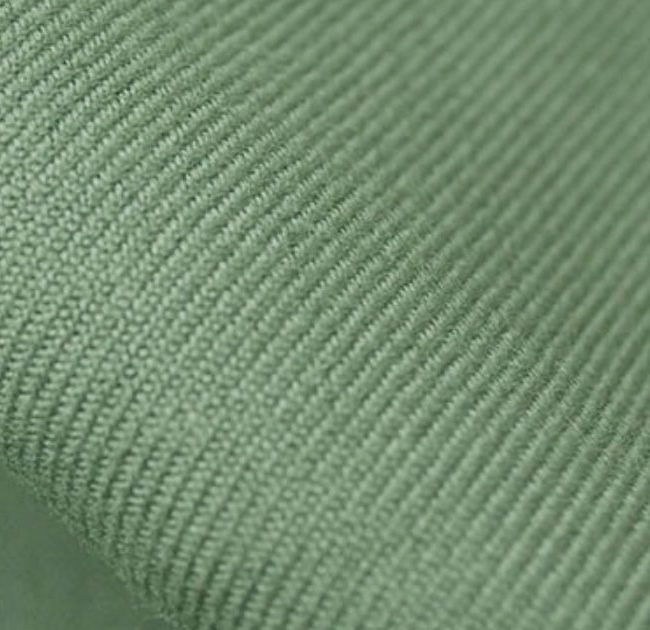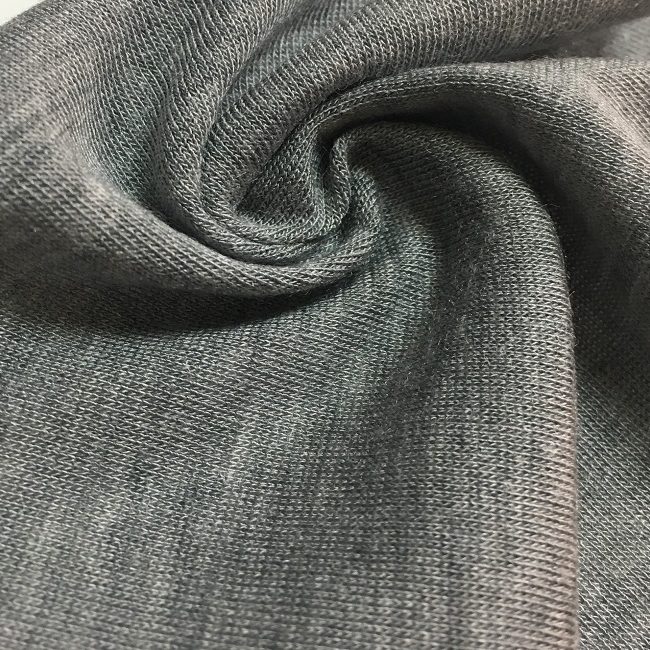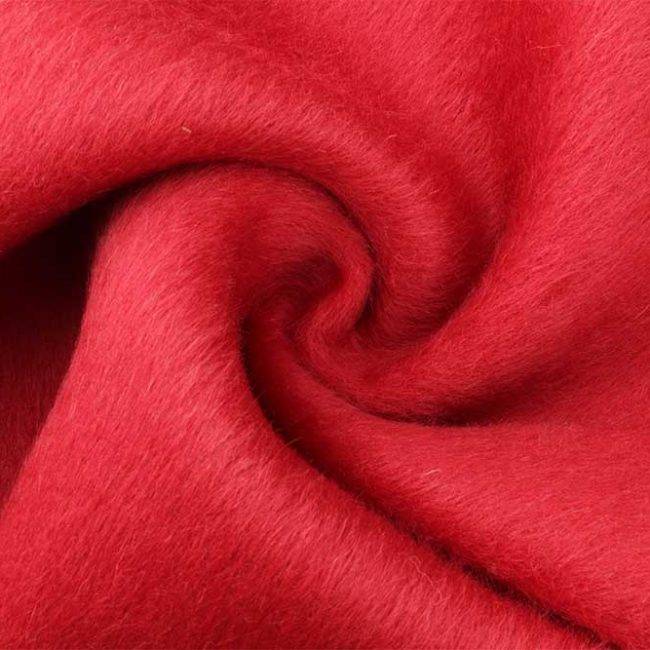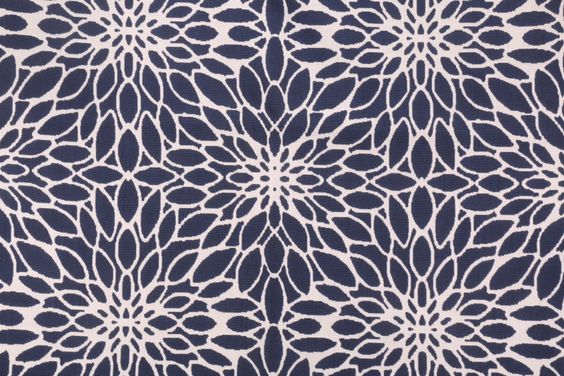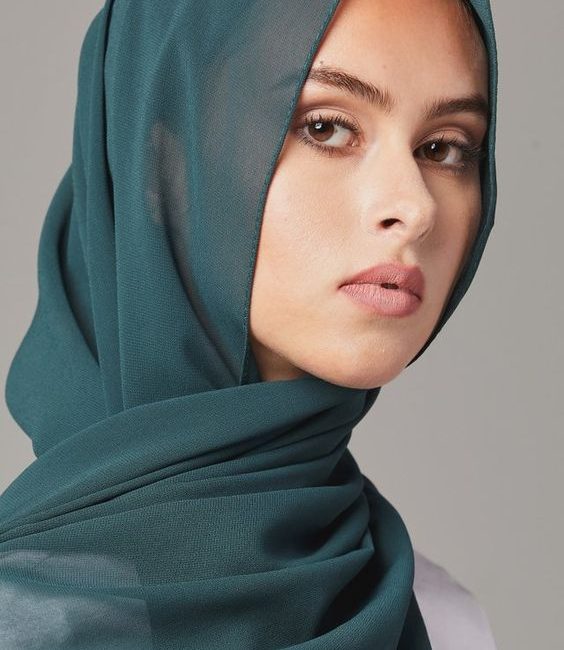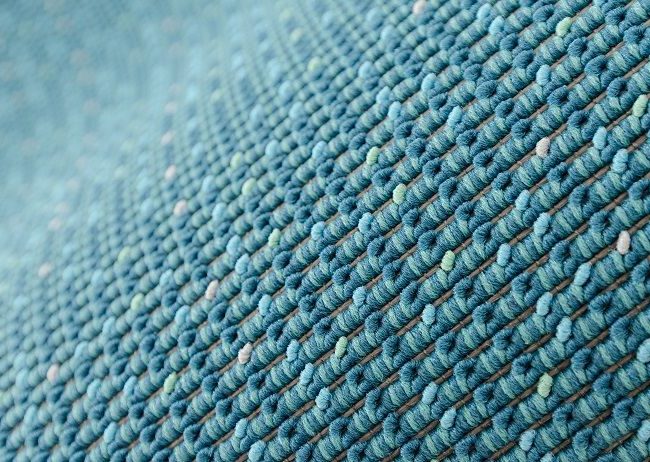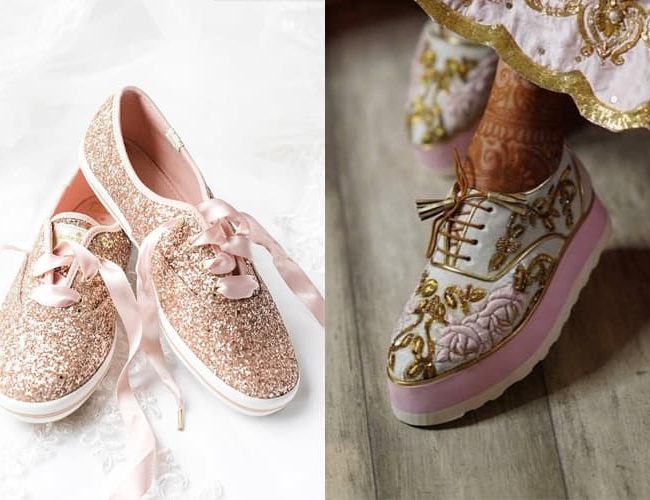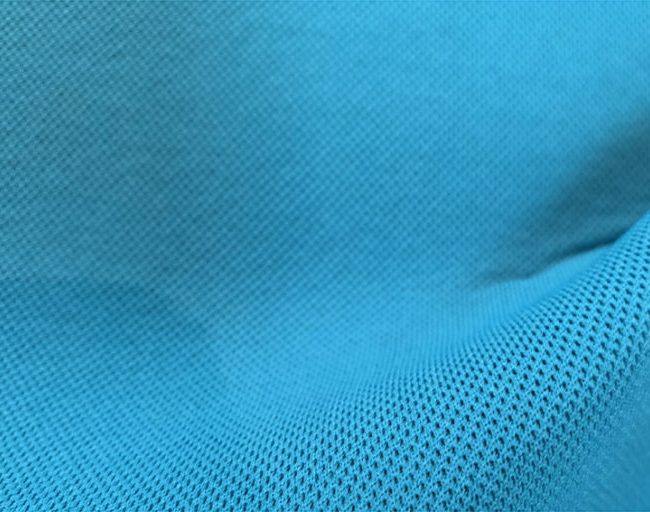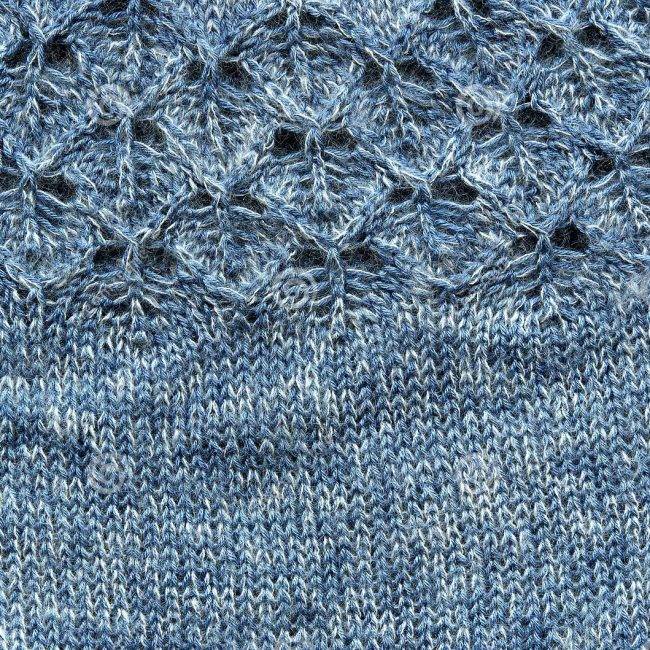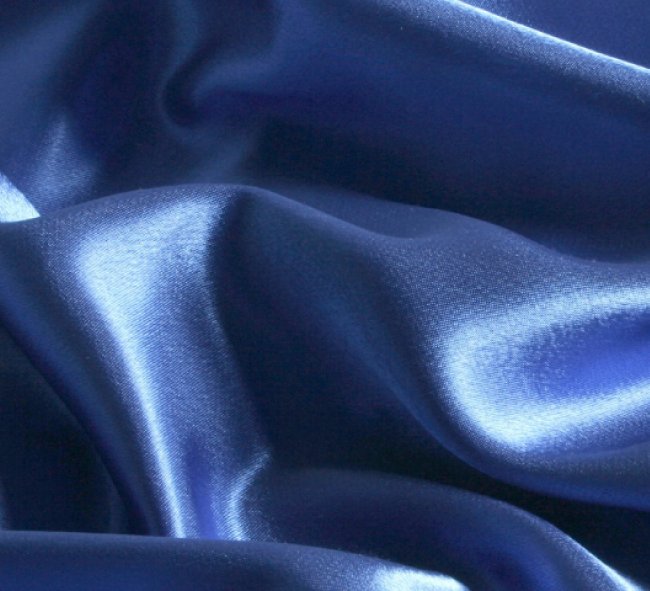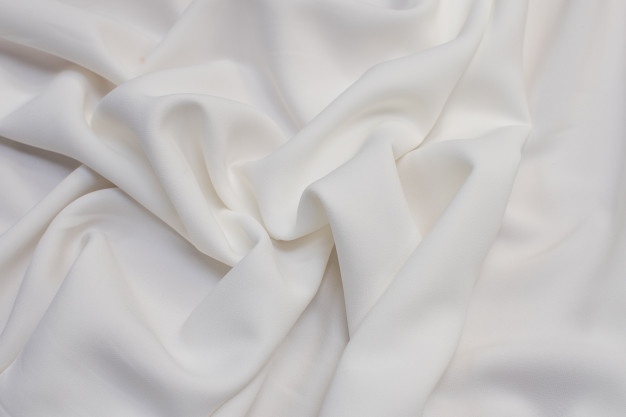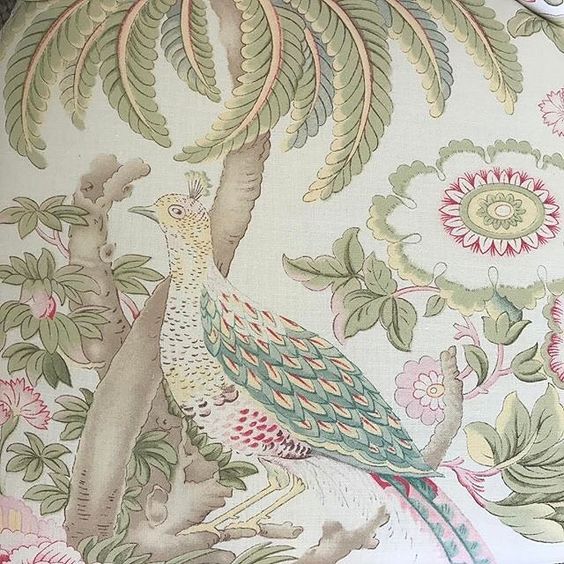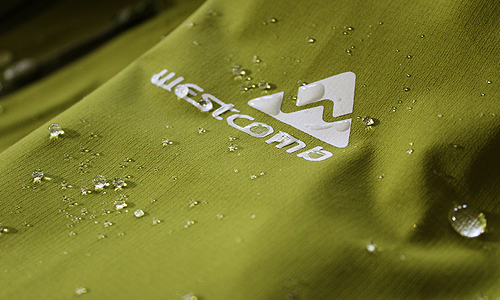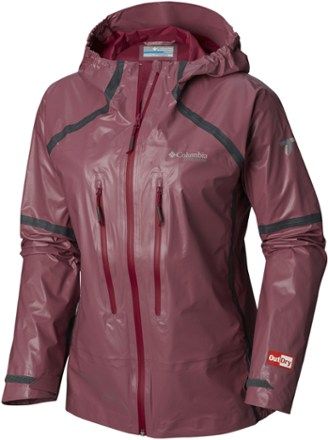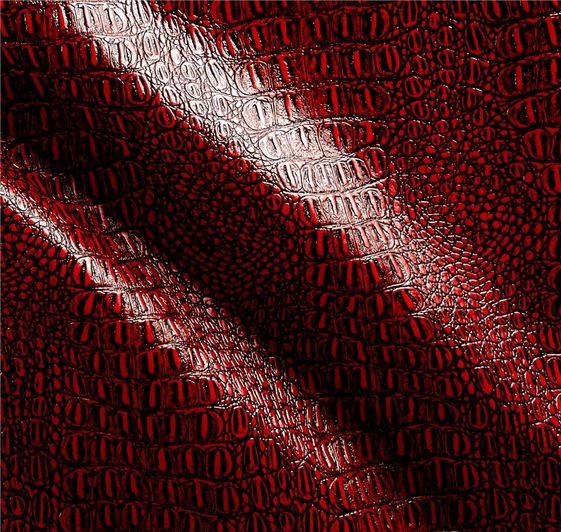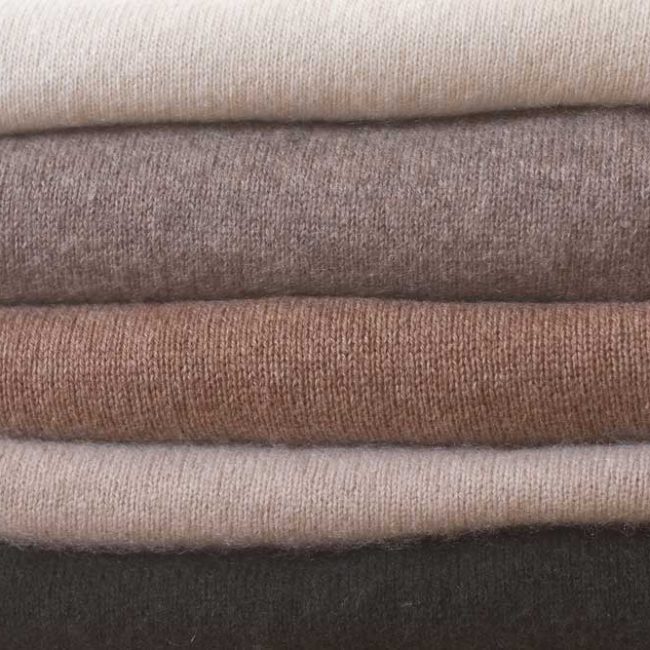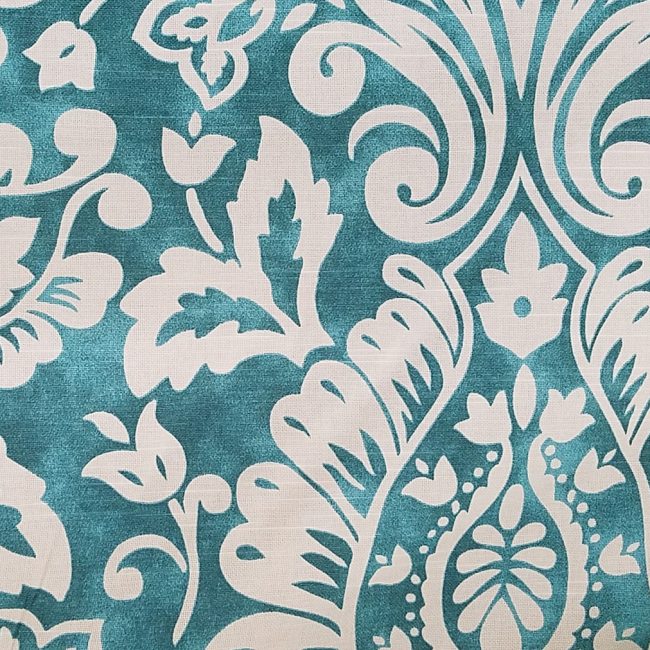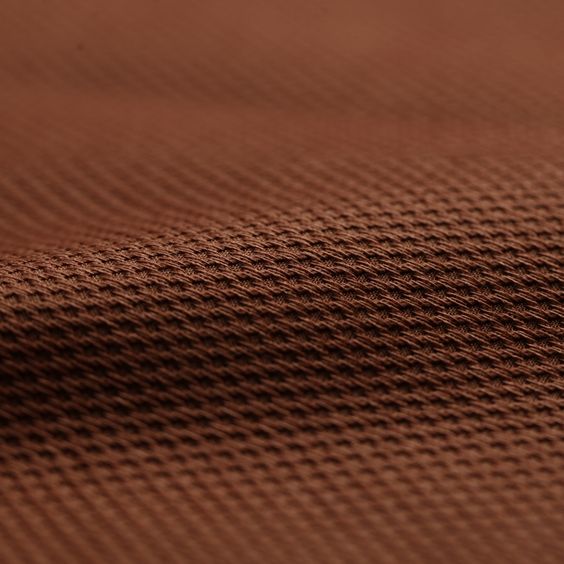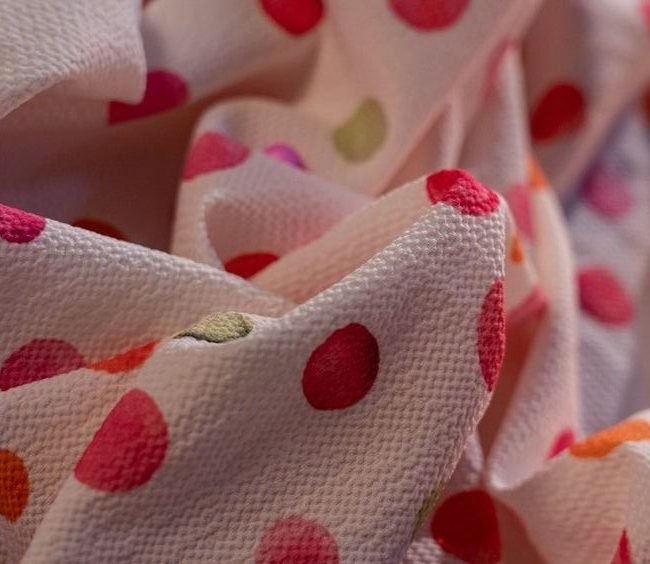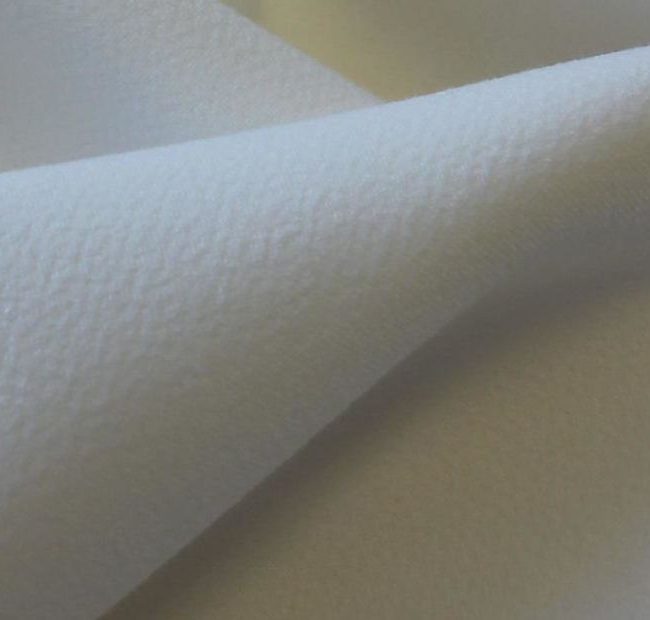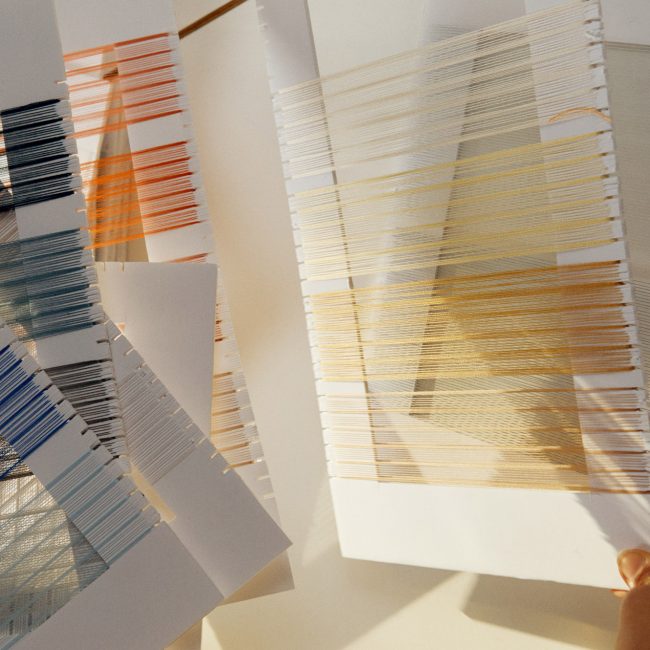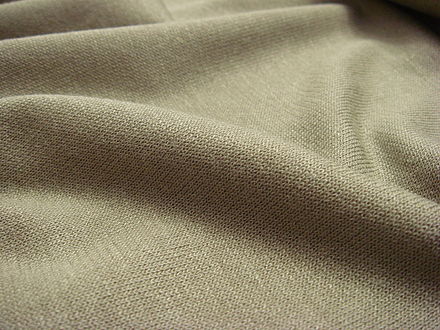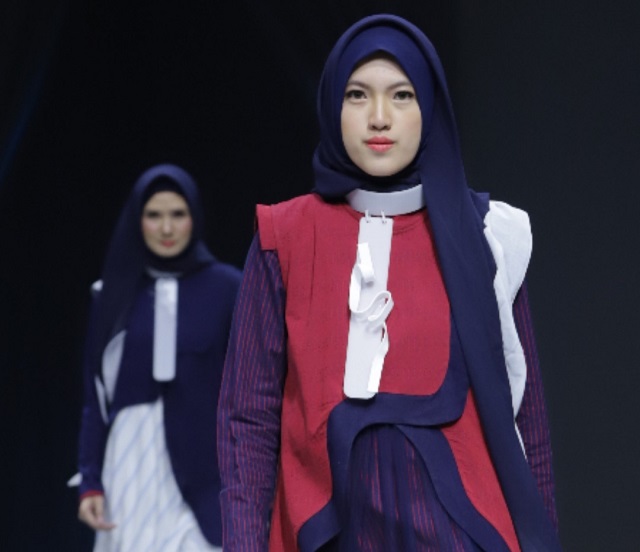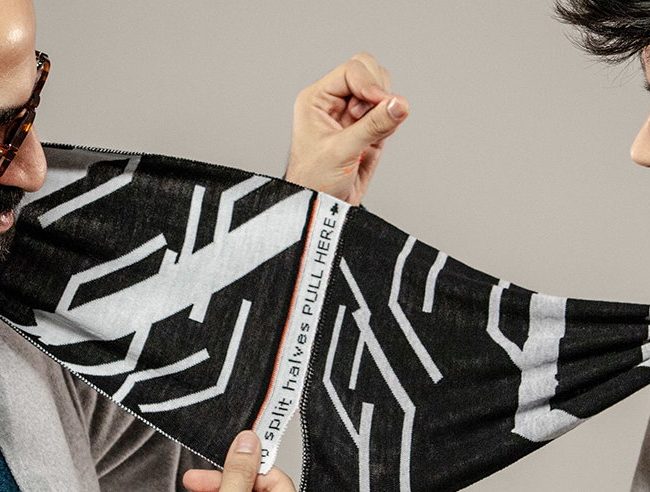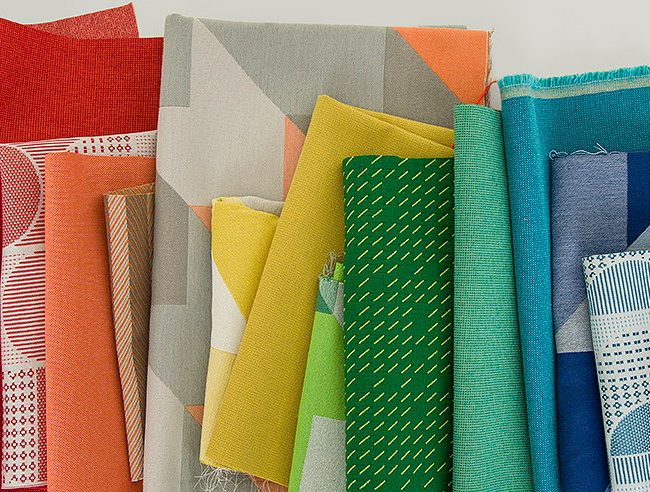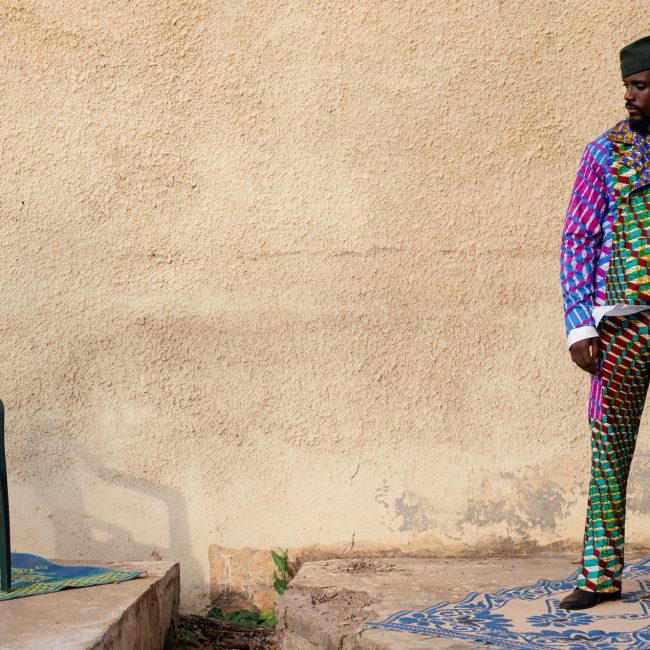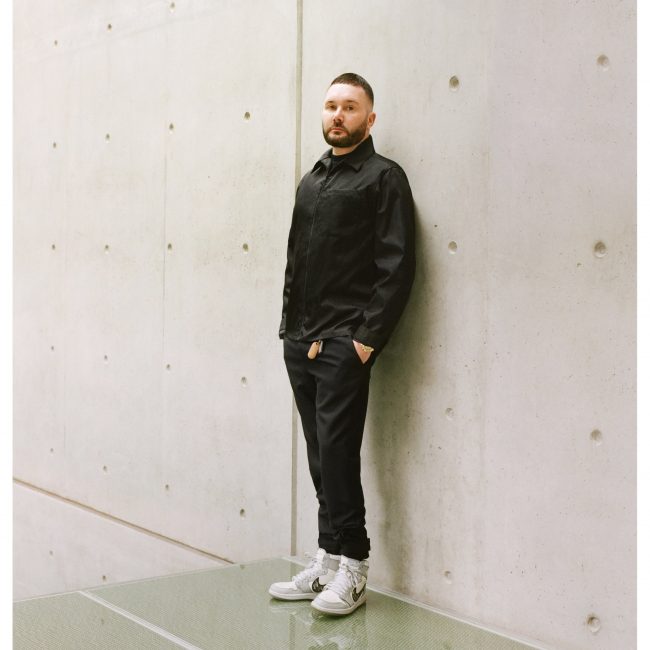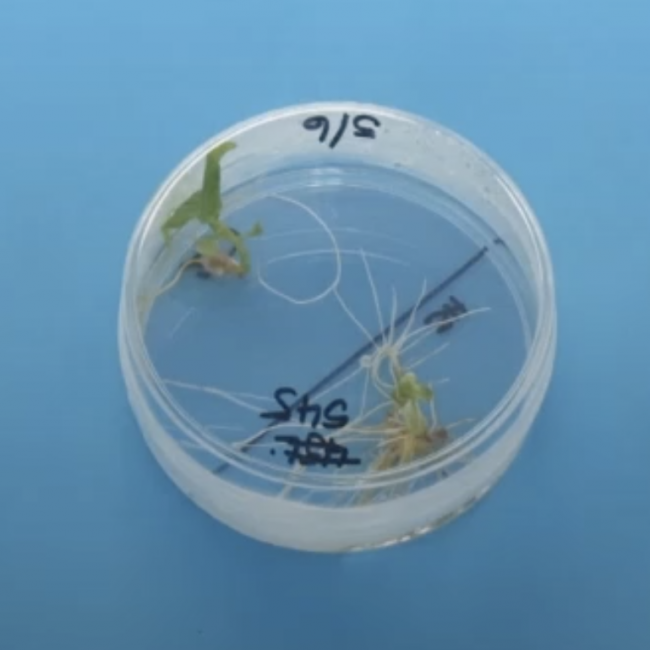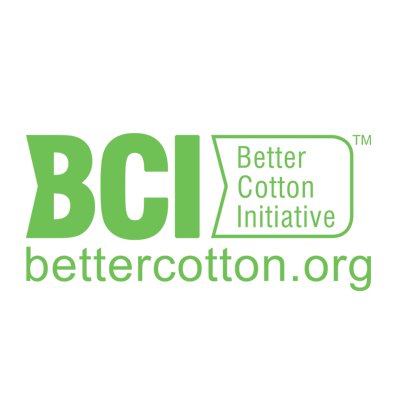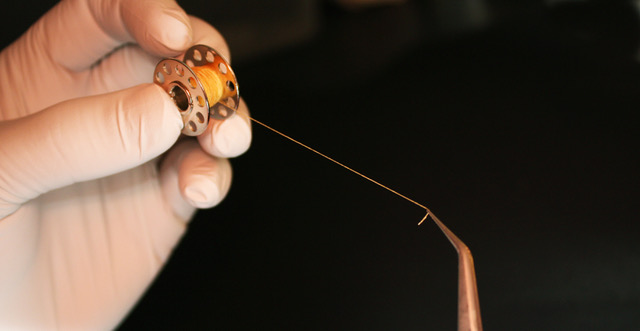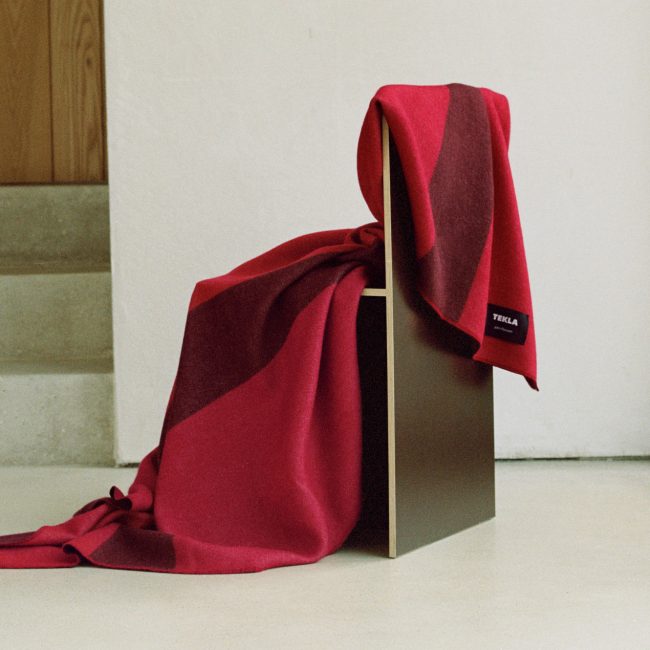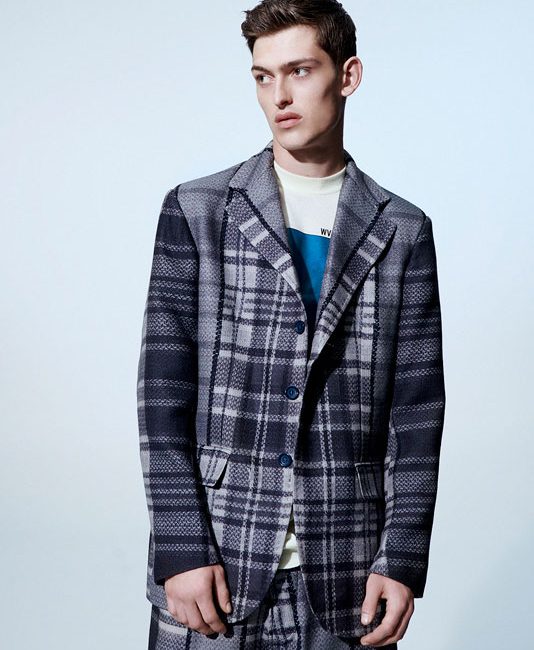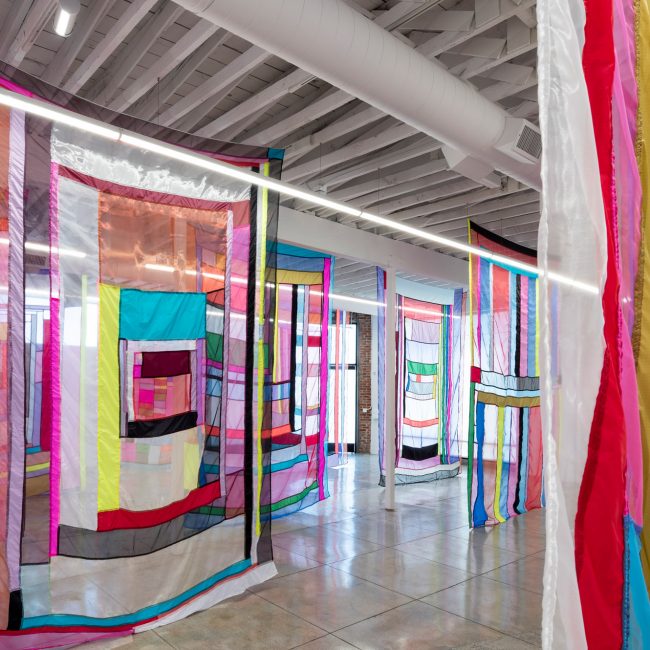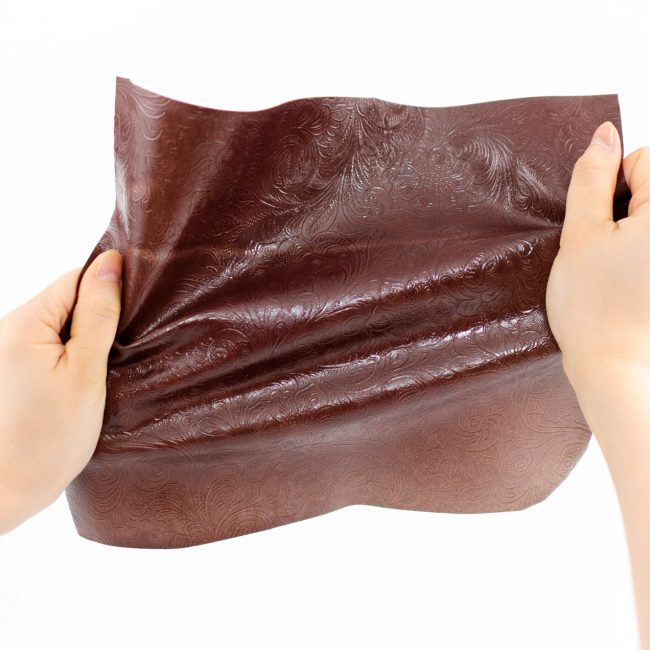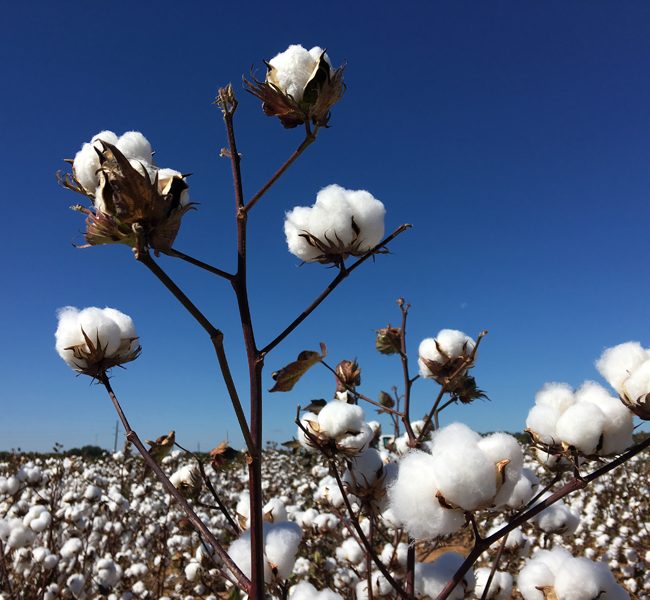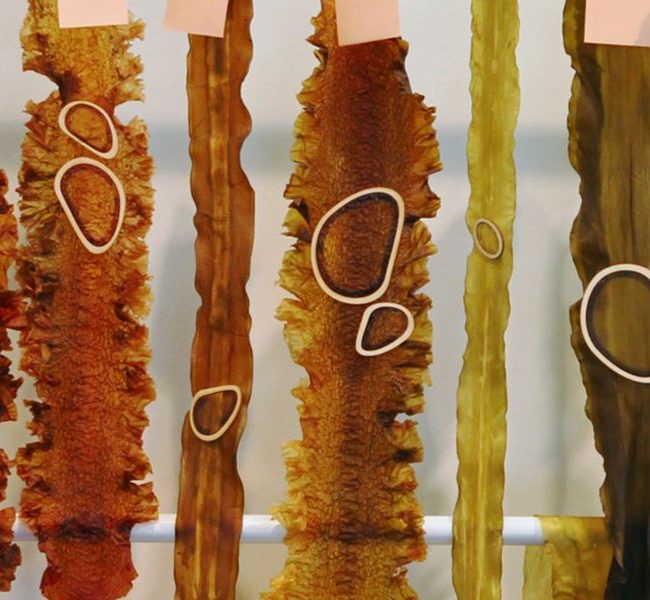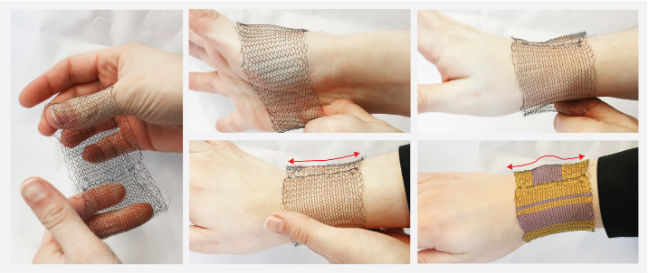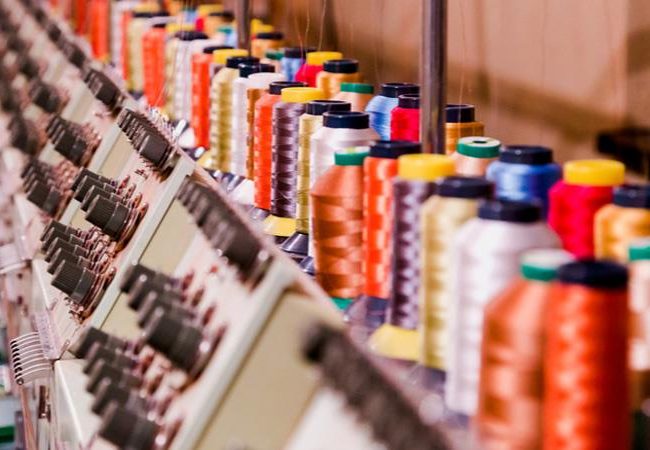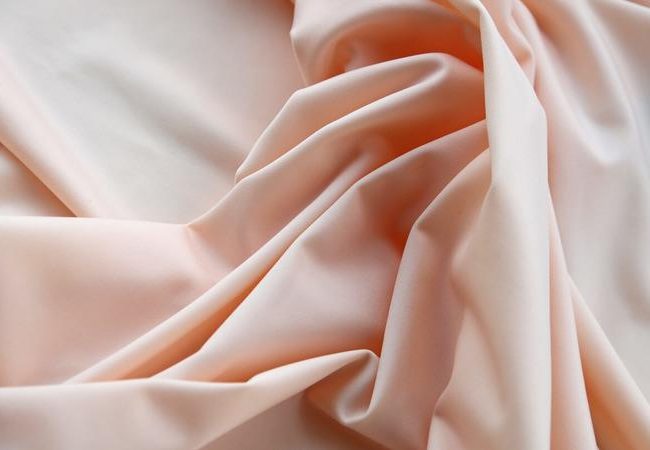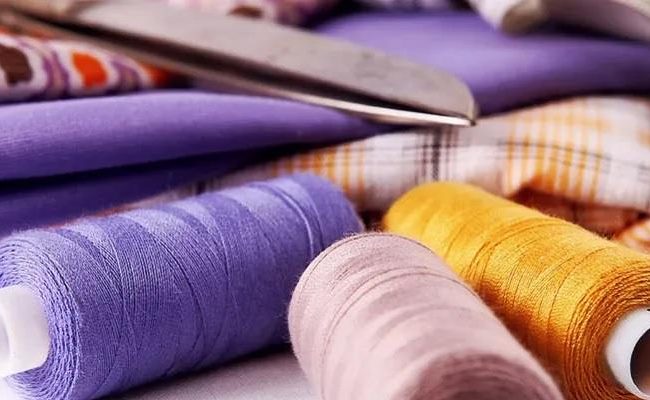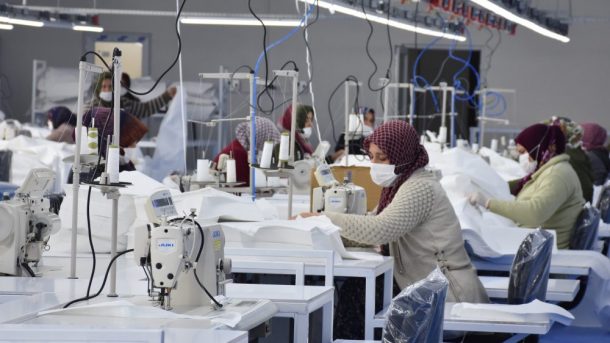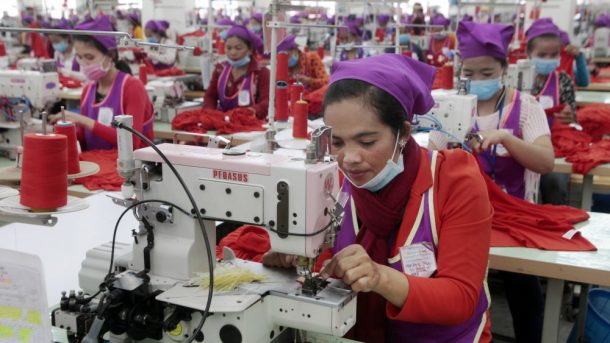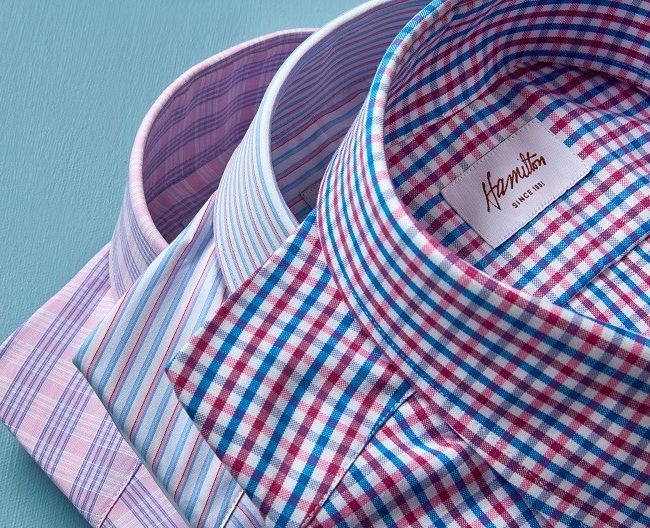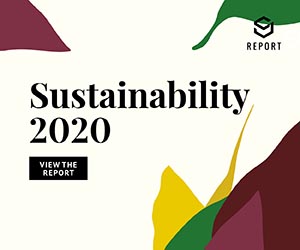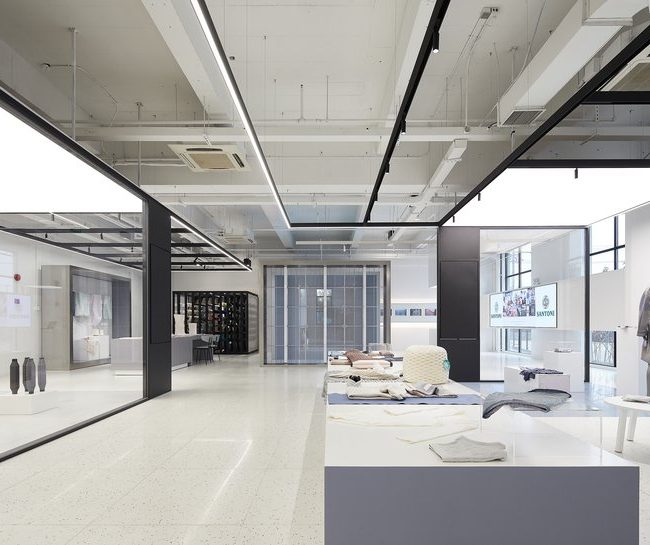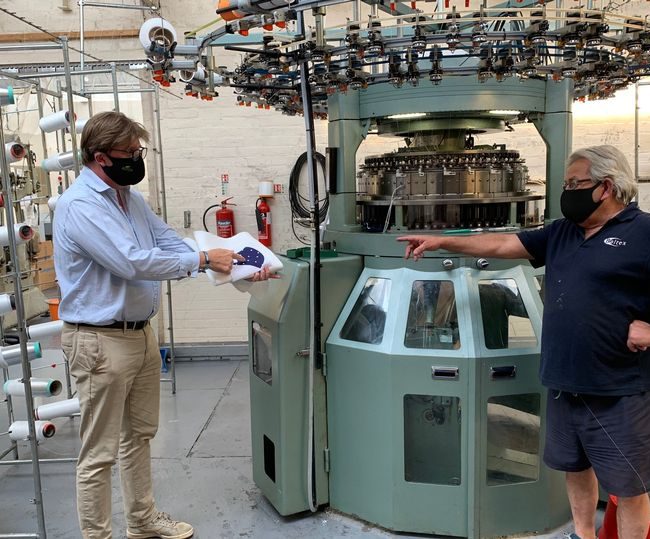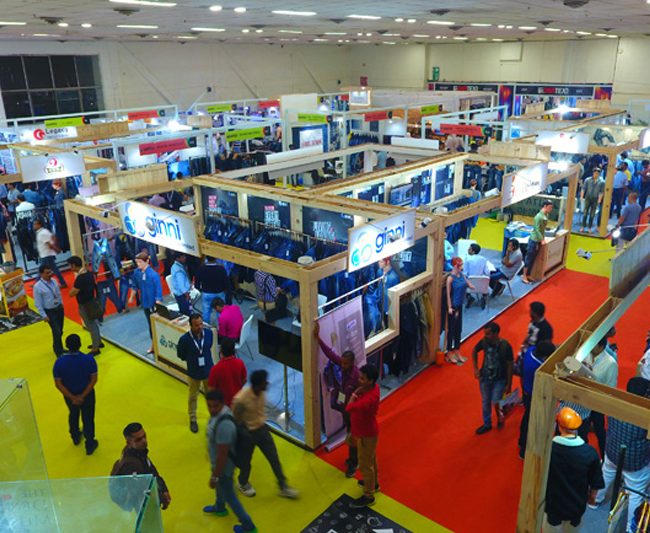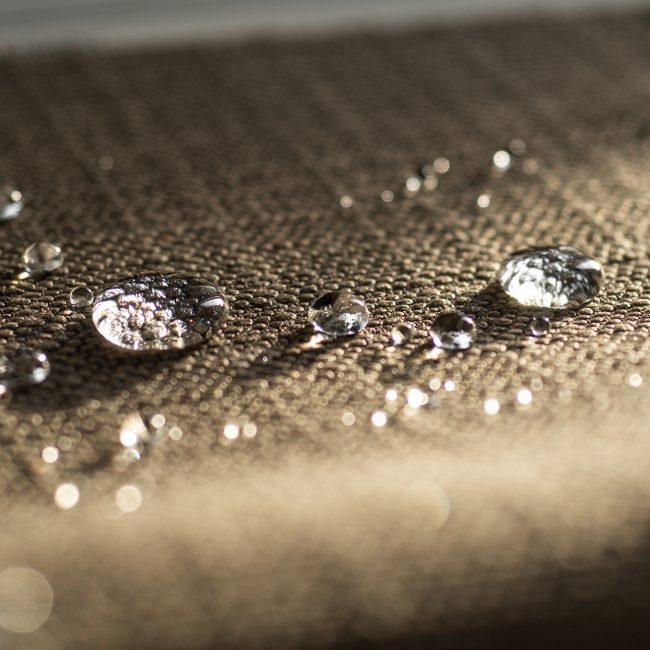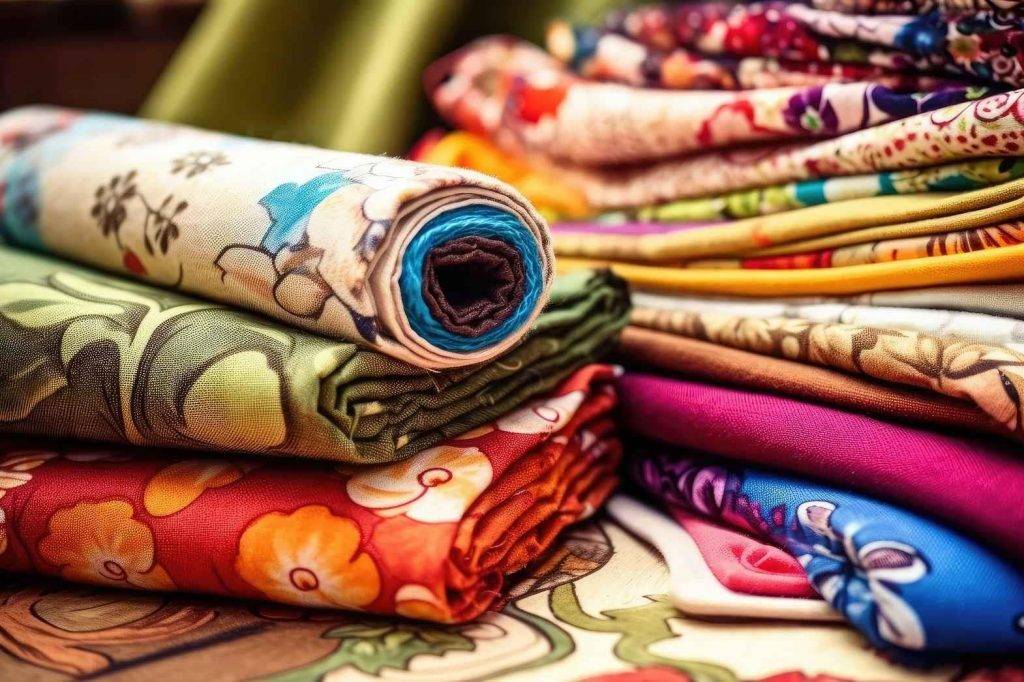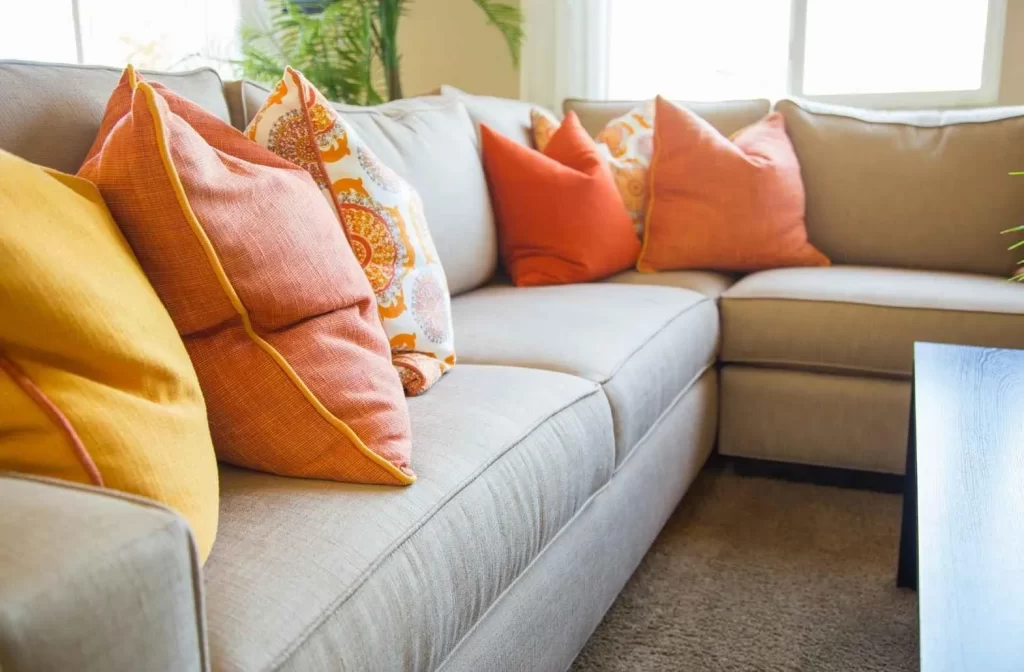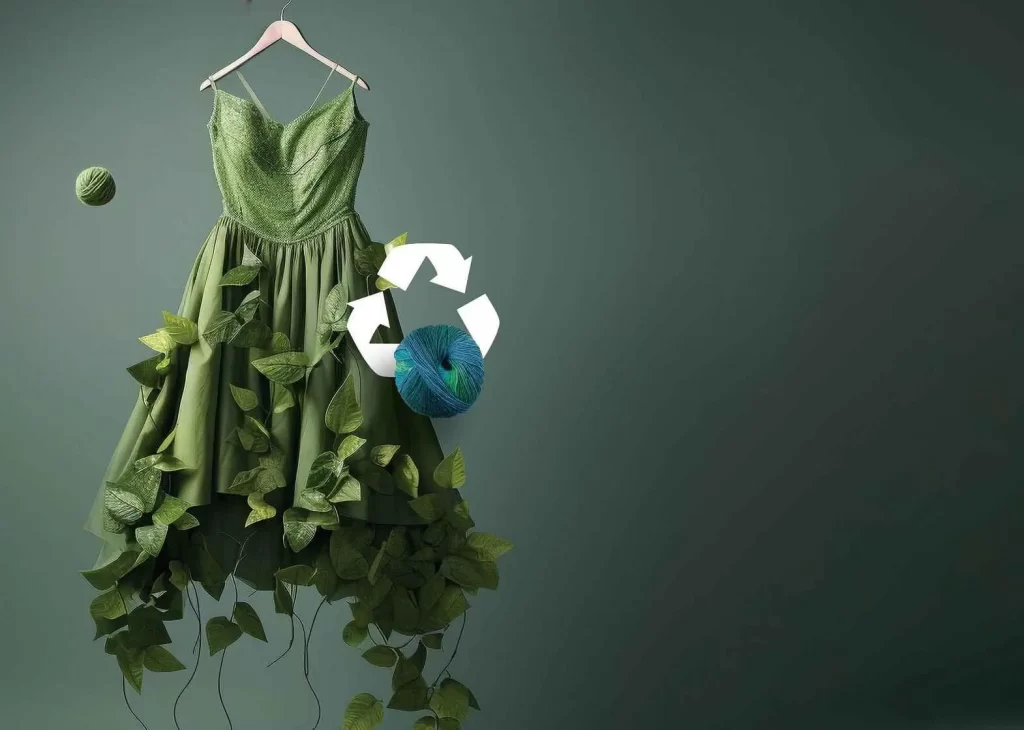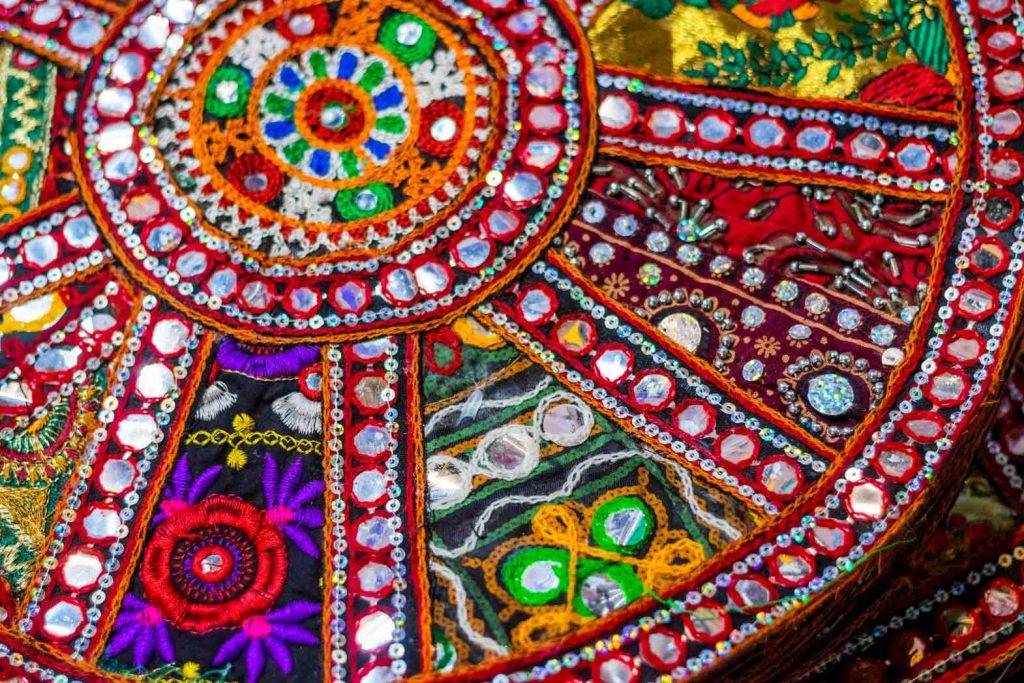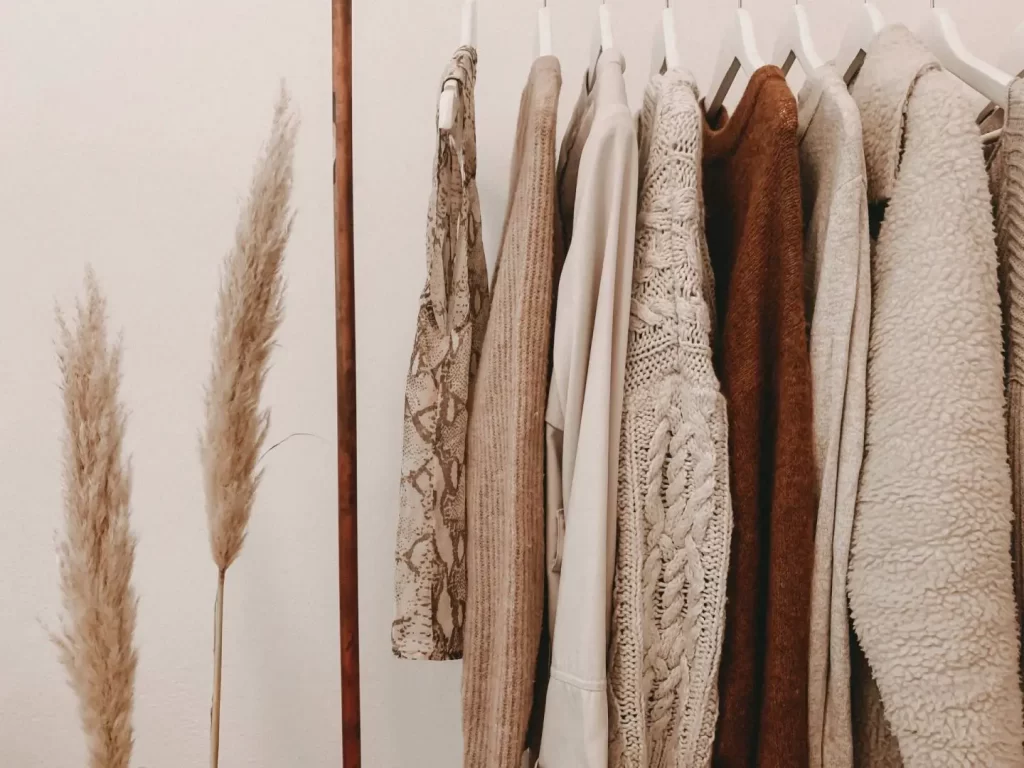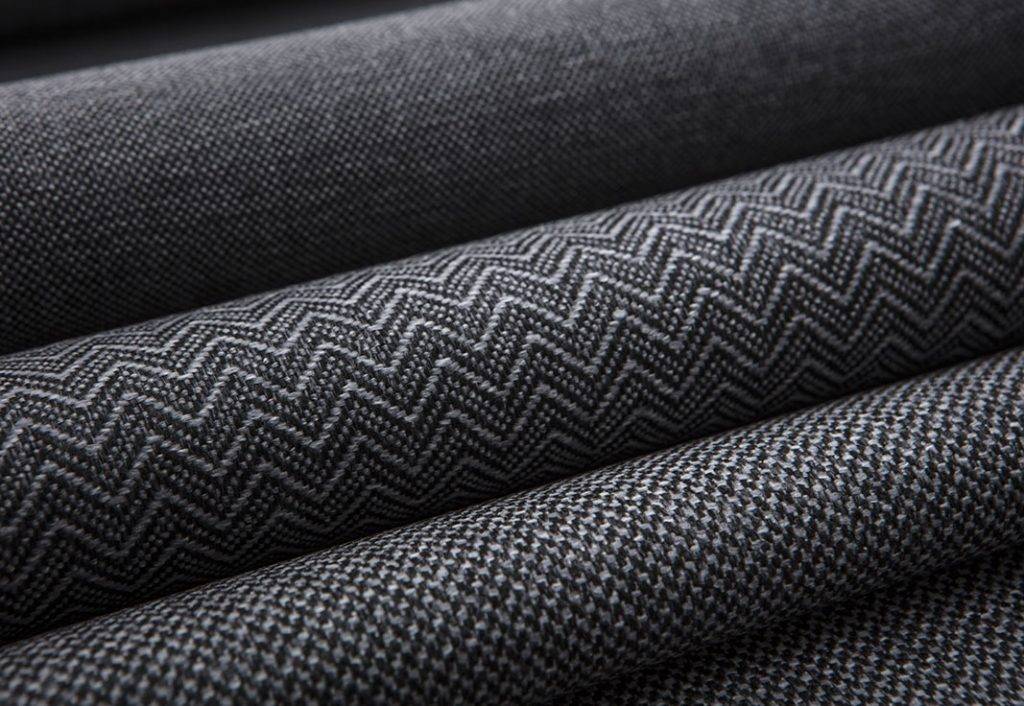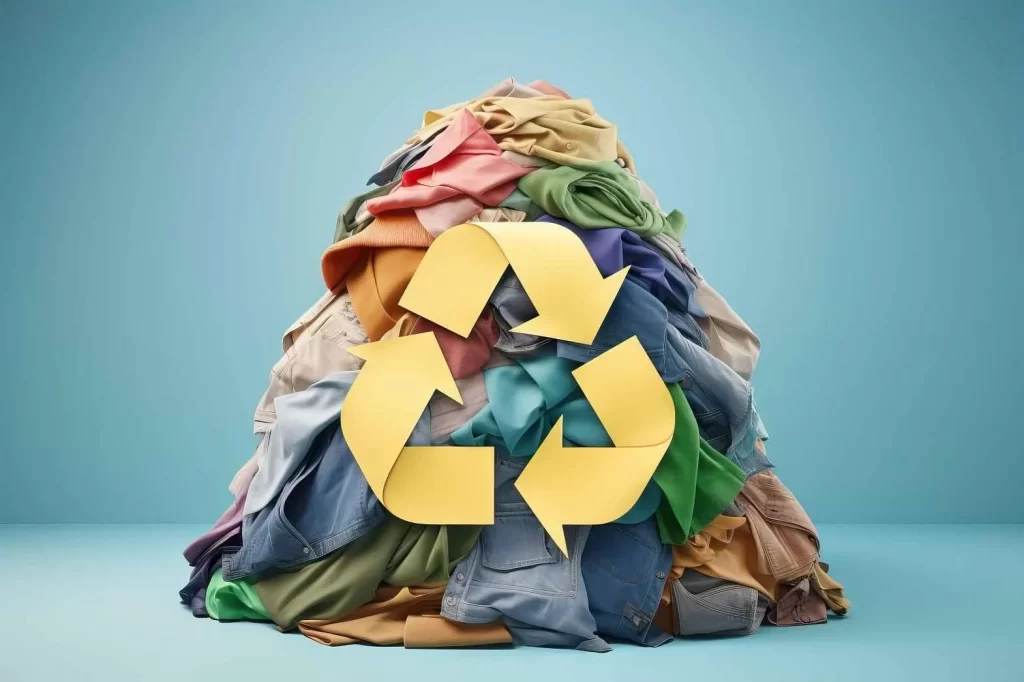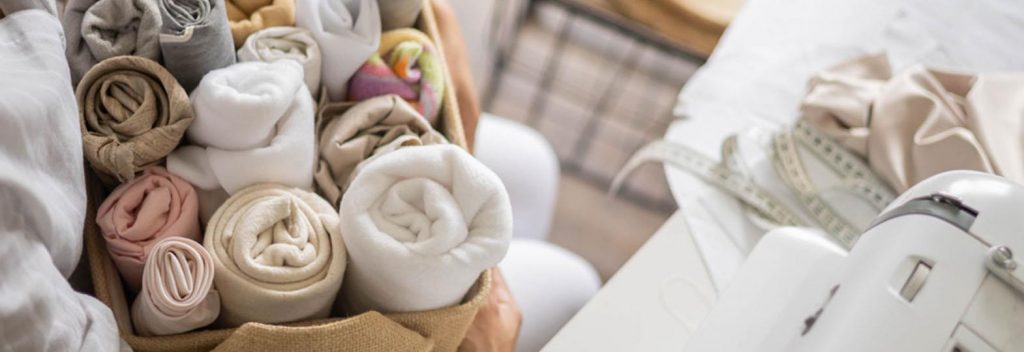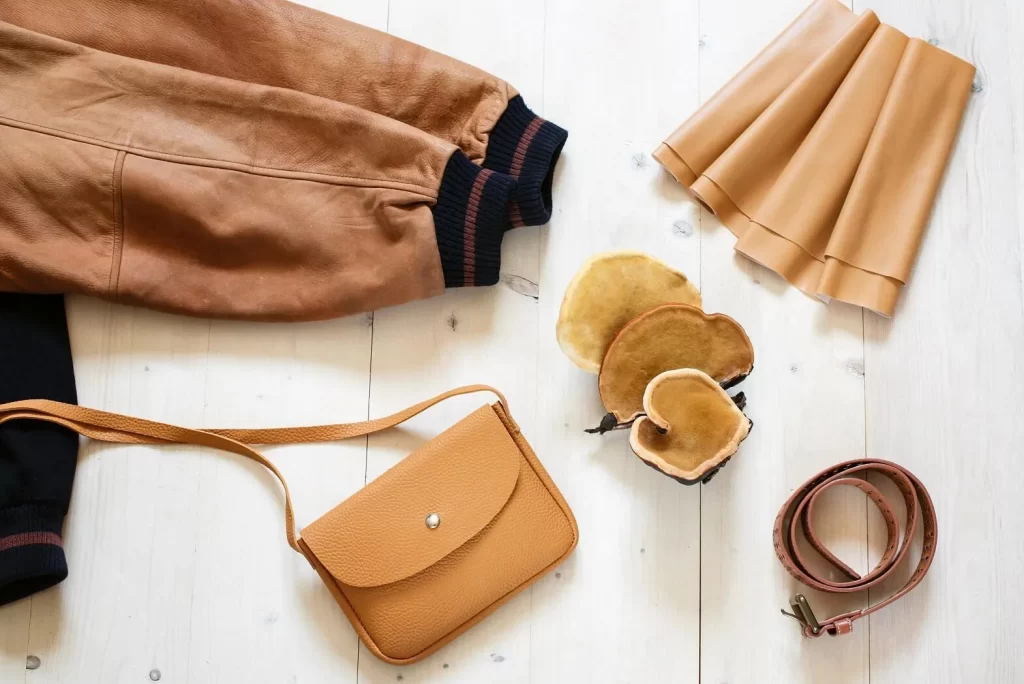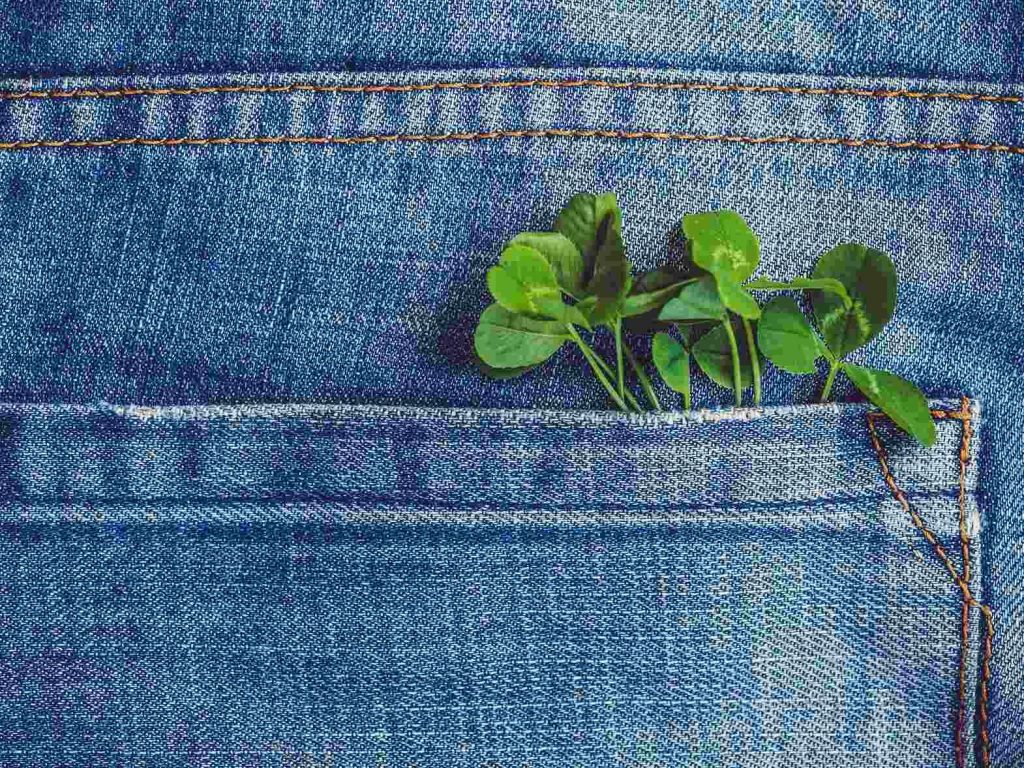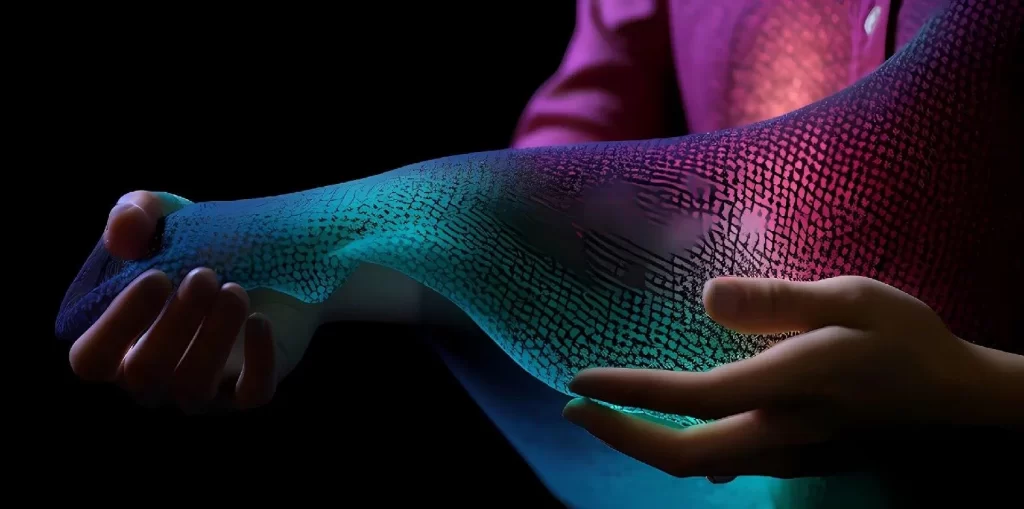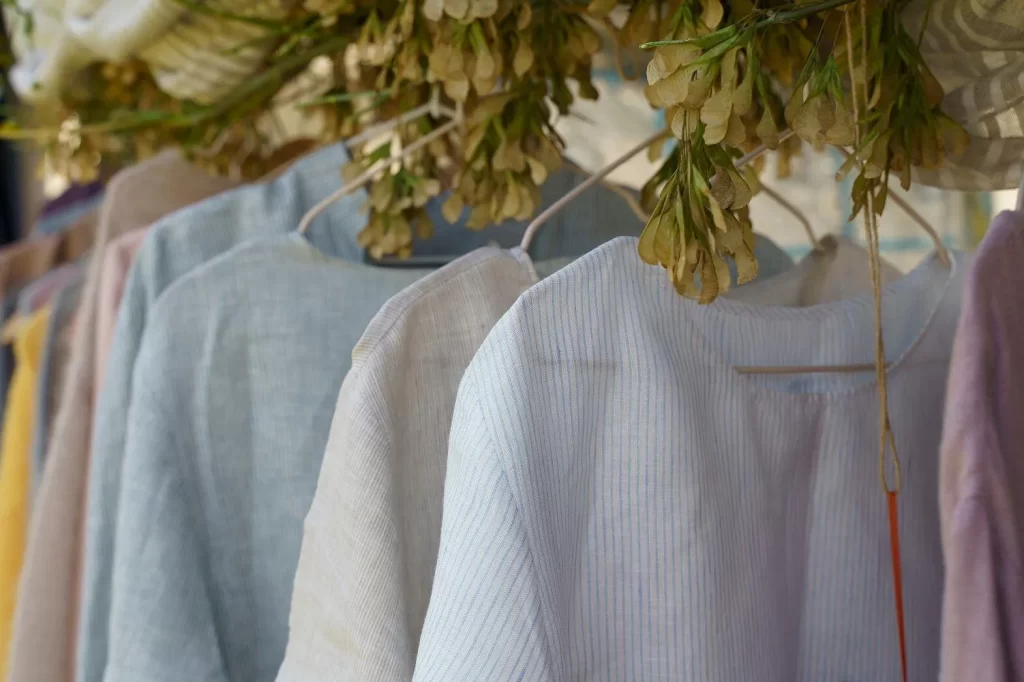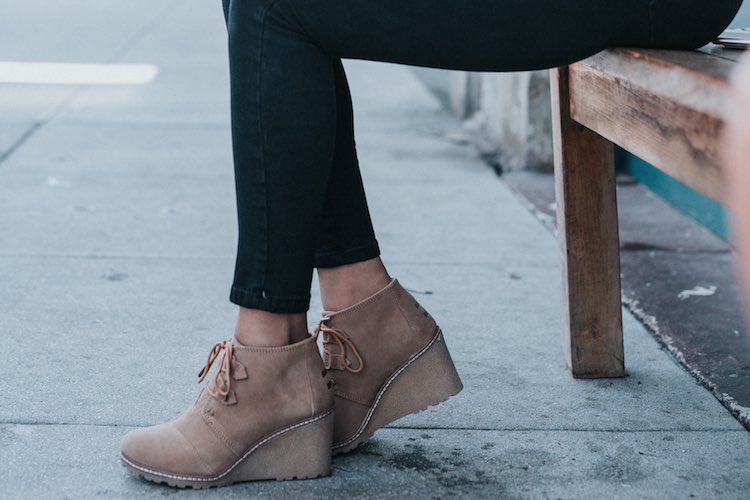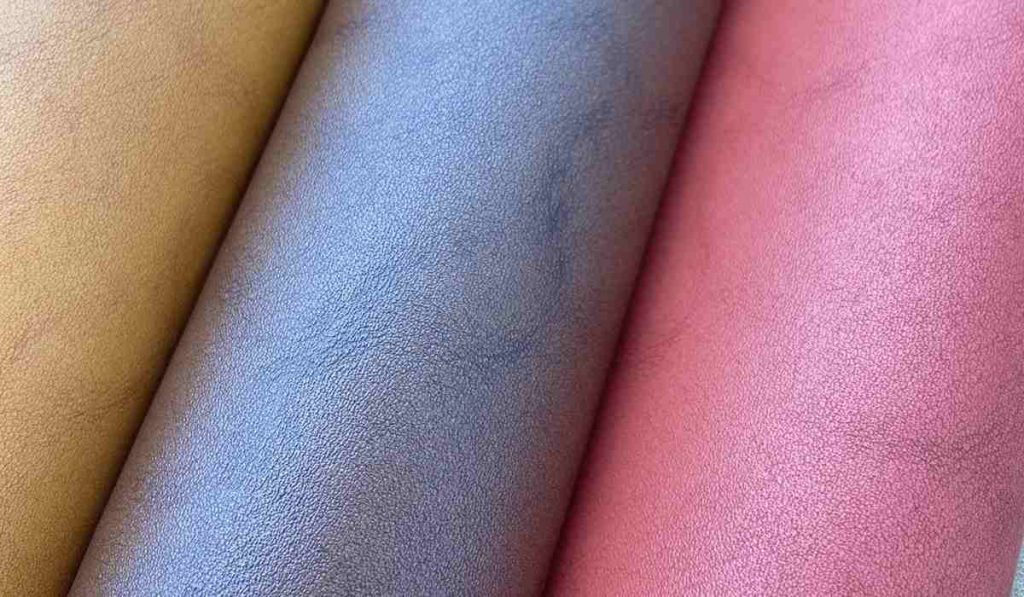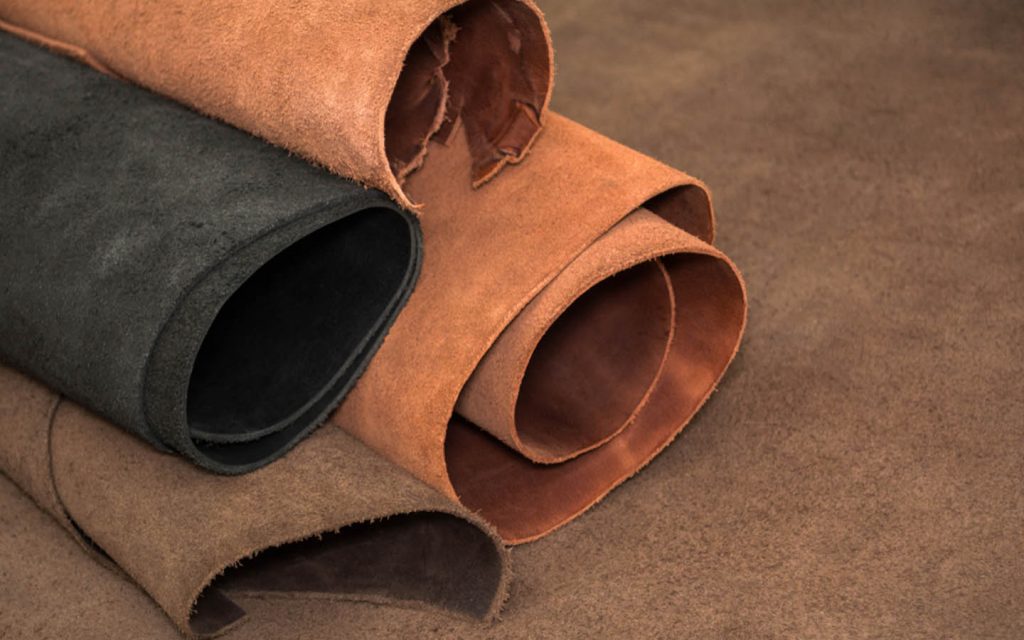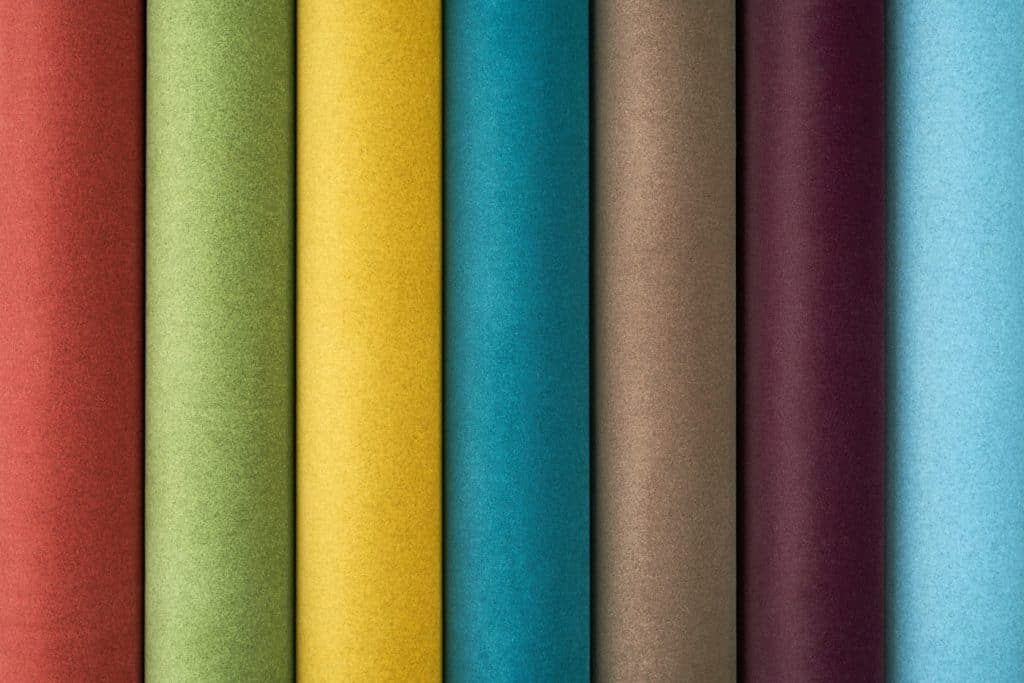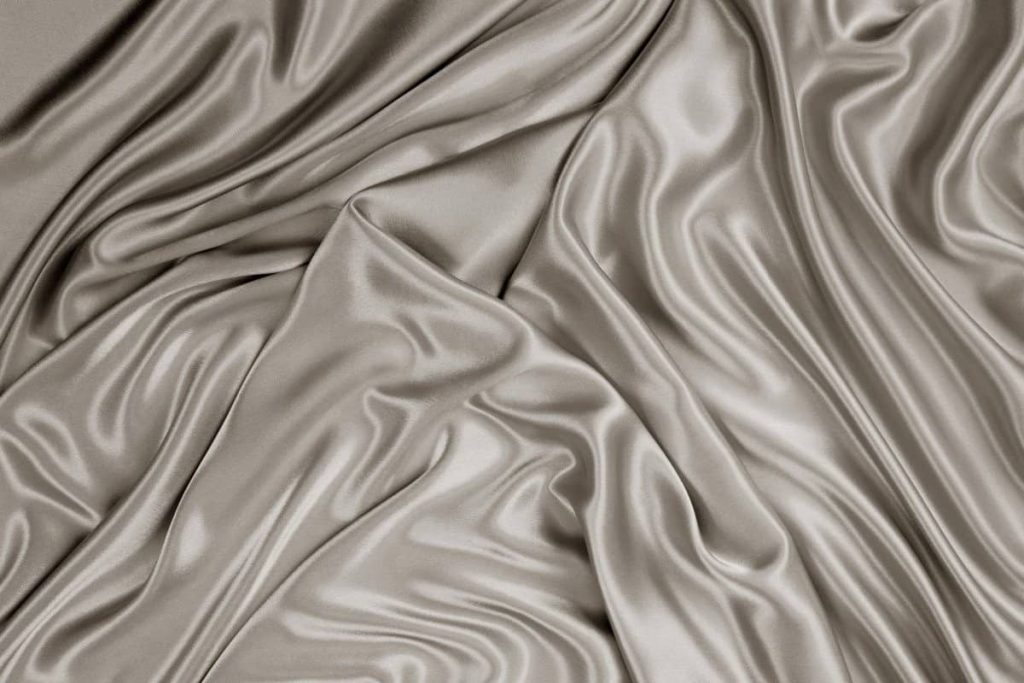Micromodal Fabric
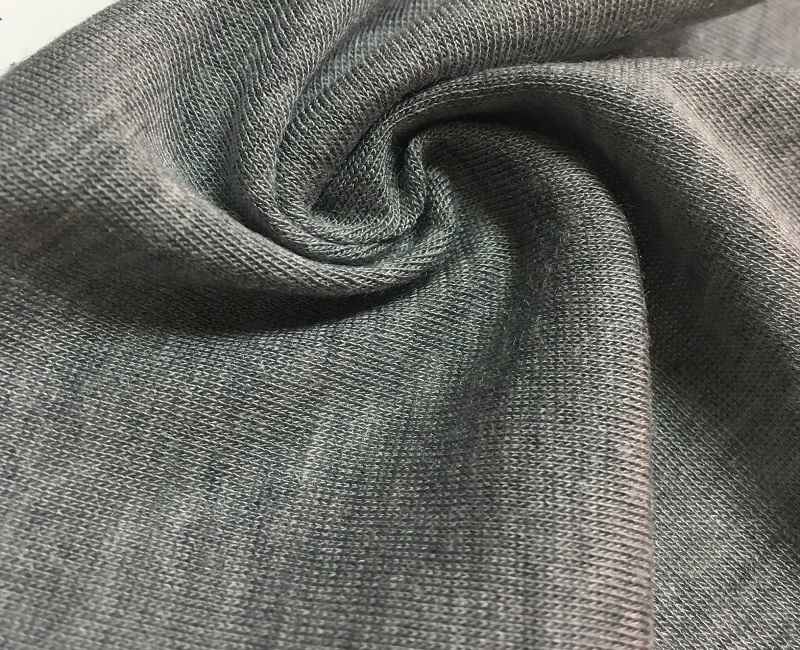
Micromodal is a specialized type of modal rayon that is prized for its incredible softness and resistance to shrinkage. This type of rayon also has an excellent moisture-wicking profile, which makes it a popular choice for underwear and various types of sportswear.
What Is Micromodal Fabric?
Like other types of rayon, the primary constituent of micromodal is cellulose from hardwood trees. This cellulose is extracted and subjected to a complex chemical process, which transforms it into a yarn that can be woven into fabric. This type of fabric was first developed in Austria in the 1990s, and it builds on the invention if modal rayon that occurred in Japan in the early 1950s.
Modal rayon represented a significant improvement to viscose rayon, which was the most popular type of semi-synthetic fabric during the first few decades of the 20th century. However, the viscose rayon production process was plagued with inefficient methods, and it created a lot of waste. While the modal rayon production process is very similar to the process used to make viscose rayon, a number of time-consuming and wasteful steps were eliminated, and these days, most rayon manufacturers have switched from viscose rayon to modal rayon.
 Naked Luxury Sleepwear Micromodal Sleep Pants
Naked Luxury Sleepwear Micromodal Sleep Pants
Despite its flaws, viscose rayon was the first type of cellulose-based semi-synthetic fiber to be produced in large quantities across the world, and it was a huge improvement on previous types of rayon that were flammable or hard to produce. The rayon production process continues to evolve, and it’s likely that a form of this fabric that’s superior to micromodal rayon will eventually arise.
The processes used to create modal rayon and micromodal fabric are practically identical, and the main difference between micromodal and modal rayon is the size of the fibers that are produced. Because micromodal fibers are so thin, they can be tightly woven into a fabric that has the same texture as silk; some consumers even go so far as to report that this fabric is softer than real silk.
While there are environmental concerns regarding almost every other type of rayon or cellulose-derivative fabric, these concerns are practically nonexistent for micromodal. The main reason why this fabric is considered to be environmentally-friendly is that it is highly homogenous; only one company produces micromodal fabric, and in stark contrast to other types of synthetic and semi-synthetic fabrics, this textile is only manufactured in developed countries.
However, the same potentially hazardous chemicals that are used in the production of other forms of rayon are also used in the production of micromodal fabric, which means that claims that this substance is entirely sustainable and eco-friendly may be somewhat overblown. Nevertheless, micromodal rayon represents the current pinnacle of rayon production, and most consumers agree that it is one of the softest and most useful semi-synthetic fabrics.
How Is Micromodal Fabric Made?

Practically every aspect of the micromodal rayon production process is identical to the process used to make modal rayon. The prime difference between these production methods, however, is the size of the fibers that are produced from the syrupy goo that is used to make both products.
Once birch or oak trees are chipped and delivered to a micromodal factory, they are immersed in a chemical solution to strip the cellulose from the other parts of the wood. This cellulose is then flattened into large, white sheets. The non-cellulose portions of the wood used to make micromodal are discarded.
Next, the cellulose sheets are immersed in caustic soda for a significant period of time. One of the main ways that the production of modal or micromodal fabric is different from the production of viscose fabric is that far lesser concentrations of caustic soda are used to make these advanced forms or rayon.

4.5″ Trunks – MicroModal Black
Once they have steeped for the appropriate period of time, the cellulose sheets are broken into crumbs, and they are then steeped in carbon disulfide, which transforms cellulose into sodium cellulose xanthate. At this point, the tree cellulose is no longer an organic substance.
The sodium cellulose xanthate is then immersed in caustic soda again, which results in a syrupy solution. This solution is then forced through a spinneret, which is a device that has many tiny holes. The holes on the spinneret holes used to make micromodal are significantly smaller than those used to make modal fabric.
Lastly, the resulting fibers are soaked in sulfuric acid, stretched, and made into yarn. Once this yarn has been washed and loaded onto spools, it is ready for weaving.
How Is Micromodal Fabric Used?

In theory, micromodal rayon could be used for any application in which modal fabric is used. Since it is slightly thinner than modal rayon, micromodal rayon loses some of the durability benefits of its parent material, but it is just as easy to shape into a variety of different types of garments and household textiles.
Since this type of rayon is somewhat more expensive to manufacture than modal rayon, however, it is usually reserved for garments in which optimum softness is desired. The micromodal rayon made by Lenzing AG originally gained international acclaim due to its use in men’s underwear; the lightness, softness, and breathability of this fabric quickly accorded it near-mythical status among the underwear enthusiast community.
Within a very short period, manufacturers started making women’s underwear with this textile, and the use of micromodal fabric has since expanded into a variety of different lingerie items such as panties, bras, and nightgowns. Since micromodal is somewhat less heat-retaining and durable than modal fabric, it isn’t as widely used in sportswear as its parent material, but bikers, hikers, and other outdoor enthusiasts often wear micromodal T-shirts to experience this fabric’s moisture-wicking potential.

Bikini – MicroModal Graphite
Modal rayon is highly popular in sheets due to its softness and lightness, so it’s no surprise that micromodal fabric, which is even softer and lighter, is also a coveted bed sheet material. Consumers report that sleeping on sheets made from this substance is like sleeping on silk, but micromodal’s antibacterial attributes, high durability, and relatively low cost make it a much better candidate for sheet fabric than silk.
Since this fabric is considered to be the cashmere of semi-synthetic fabrics, it’s also common to find micromodal rayon used in luxury apparel products such as loungewear. For example, it’s easy to find this fabric made into comfortable and loose-fitting hoodies and pajama pants.
Where Is Micromodal Fabric Produced?

All micromodal fabric is produced in the European Union. While this fabric might be shipped to places like India, China, and Korea to be formed into garments and other textiles, there are no places outside of Europe that manufacture this ultra-soft fabric.
The only producer of micromodal fabric is Lenzing AG, and this fabric is a product of Lenzing Modal, which is this company’s modal fabric subsidiary. While plenty of other manufacturers make normal modal fabric, the fact that Lenzing is the only producer of micromodal means that textile manufacturers can rest assured that their raw materials are high-quality and environmentally sustainable.
Be cautious of types of modal fabric made overseas that claim to be micromodal. If a company claims that their modal fabric is, in fact, this luxurious variant of normal modal rayon, it’s important to confirm that this fabric was actually made by Lenzing AG.
How Much Does Micromodal Fabric Cost?
At the wholesale level, micromodal fabric is usually considerably more expensive than modal rayon. Per volume, this luxurious type of rayon may cost 20-30 percent more than normal rayon. This increased price often puts micromodal rayon at the same price bracket as Egyptian cotton or other semi-luxurious textile options.

Grey Micromodal Maternity & Nursing Top
In some cases, this price discrepancy is absorbed by the time that this fabric is made into textile products for consumer use; many companies that choose to make products with micromodal fabric already make luxurious products, which means that their offerings made from this textile may end up costing the same as their organic or fully synthetic products.
What Different Types of Micromodal Fabric Are There?
There is only one type of micromodal fabric. To help you distinguish between this type of rayon and similar fabrics, however, it’s important to provide further detail on other textiles within the rayon family tree:
- Viscose rayon: This version of rayon rapidly became popular around the world due to its simple production process and high durability. When it was first invented in the early 20th century, it represented the latest addition to a timeline of rayon products stretching back to the 1850s.While viscose rayon certainly isn’t perfect, it is significantly superior to forms of rayon that were produced before it. Due to the wasteful and laborious manufacturing processes required when making viscose rayon, however, most manufacturers have switched to making modal rayon instead, which is considered to be the direct evolution of viscose rayon.
- Modal rayon: This type of rayon was invented in 1951 in Japan, and it represents a significant leap forward in the rayon production process. It eliminates a number of steps required to make viscose rayon, which means that making this type of rayon is comparatively fast and easy.In addition, modal rayon is significantly softer than viscose rayon, which makes it a reasonable substitute for silk. Today, the primary application of modal rayon is sportswear, but this fabric is also found in underwear and a variety of household textiles.
- Lyocell: Lenzing AG is the primary producer of lyocell worldwide, but unlike the case with micromodal, other companies also make lyocell. This fabric is branded as Tencel when it is produced by Lenzing, and it is unique in being the only type of rayon that can be considered to be fully organic.Unlike other forms of rayon, lyocell is not chemically altered during the production process, which means that the fibers of this fabric are chemically identical to pure wood cellulose. While lyocell is very soft, it isn’t quite as soft or richly-textured as modal or micromodal rayon; therefore, it is largely considered to be more of an alternative to cotton than silk.
How Does Micromodal Fabric Impact the Environment?
Since Lenzing AG is the only producer of micromodal fabric, it’s guaranteed that this type of fabric is one of the most environmentally-friendly forms of rayon. Around the world, unsustainable forestry practices are the bane of consumers seeking ethically-produced rayon fabrics, but Lenzing addresses this concern by only obtaining wood cellulose using sustainable methods.
However, there’s no getting around the fact that the vast majority of the tree material used to make micromodal or any other type of rayon fabric is discarded. Depending on the manufacturing process that is used, this unusable wood material may also be contaminated with sodium hydroxide, which is also known as caustic soda or lye. If lye makes contact with the skin or is ingested, it is highly toxic, and it’s unclear whether or not Lenzing takes adequate precautions to prevent lye from entering the environment during the micromodal production process.
In addition, the production of micromodal fabric is not a closed-loop process, which means that carbon disulfide is discarded with every batch of micromodal fabric that is made. Since micromodal fabric is only made in the European Union, it’s likely that this highly dangerous neurotoxin is handled responsibly during the manufacturing process, but if it is released into the atmosphere or hydrosphere, carbon disulfide can pose serious health risks to the local wildlife and human residents surrounding a factory.
Micromodal Fabric Certifications Available

Since it is chemically different from wood cellulose, micromodal fabric is semi-synthetic, which means that it is not eligible for organic certification from the United States Department of Agriculture (USDA) or any similar organization. However, all of the modal fabric made by Lenzing is acquired with sustainable forestry practices that have been certified by the PEFC . Since the sustainability of the wood used to make cellulose-based fabrics is a major concern among consumers, those who are on the fence with rayon should be able to accept micromodal as an environmentally-friendly option.
